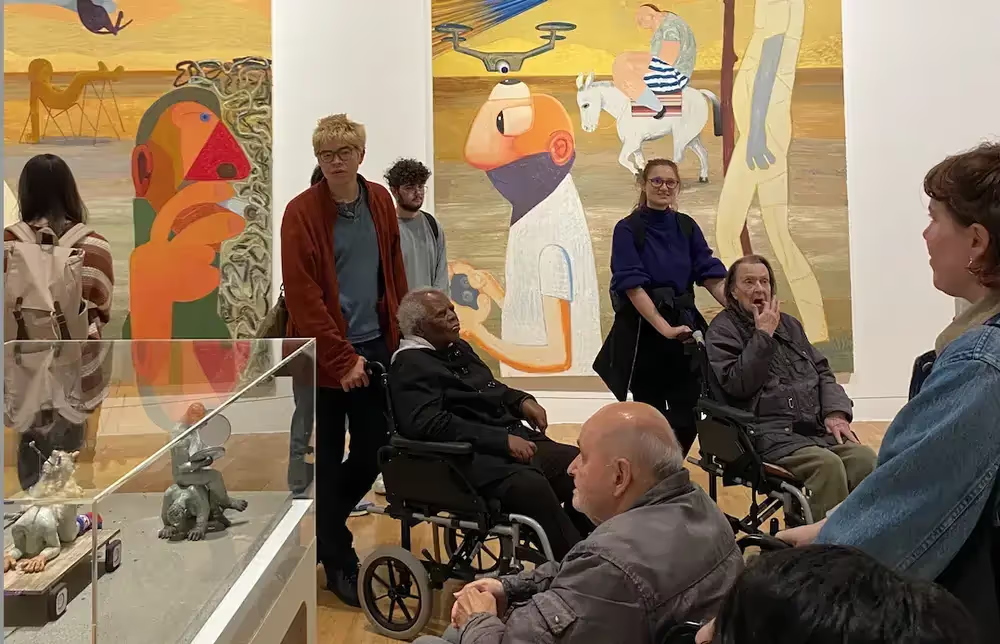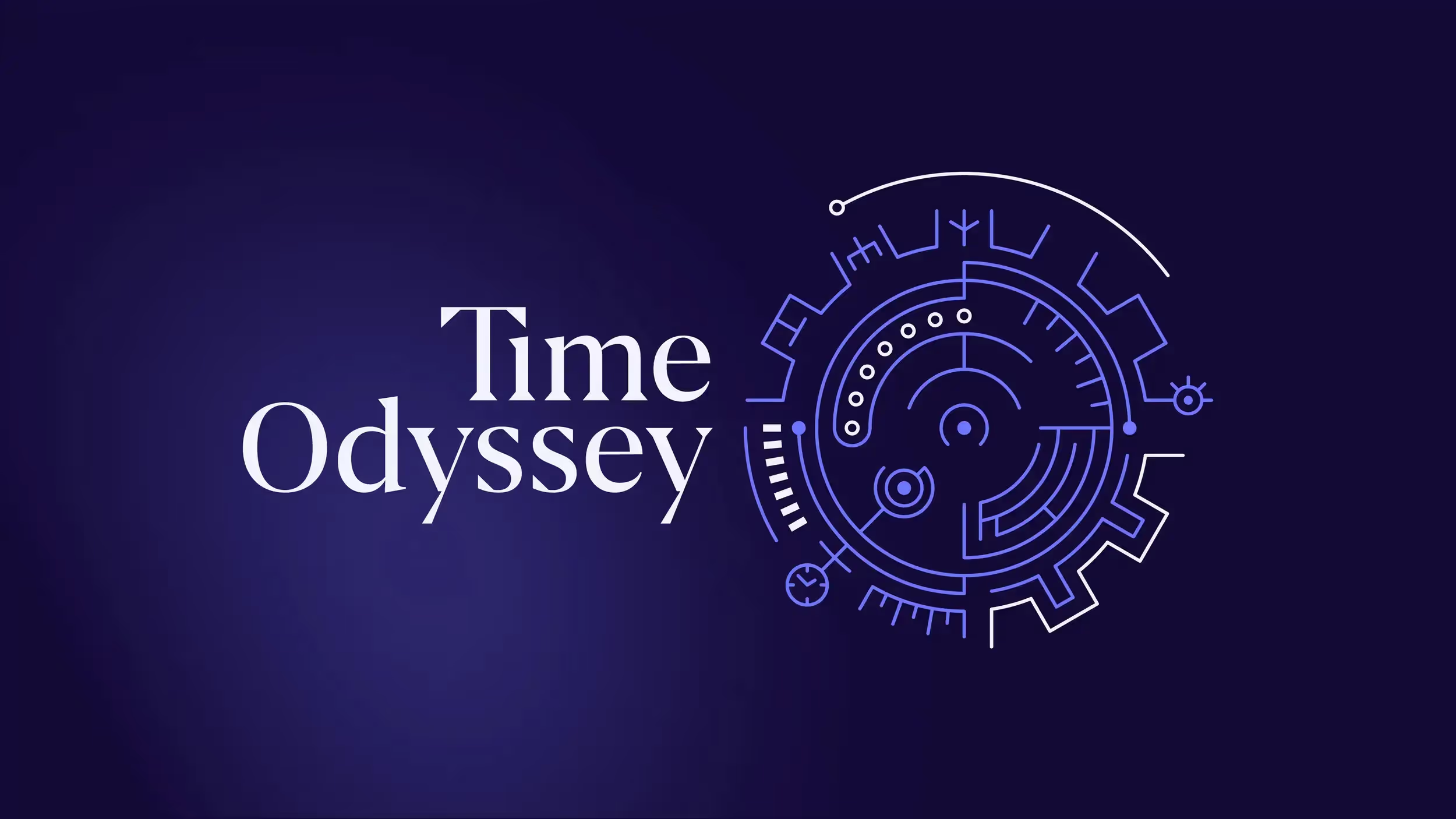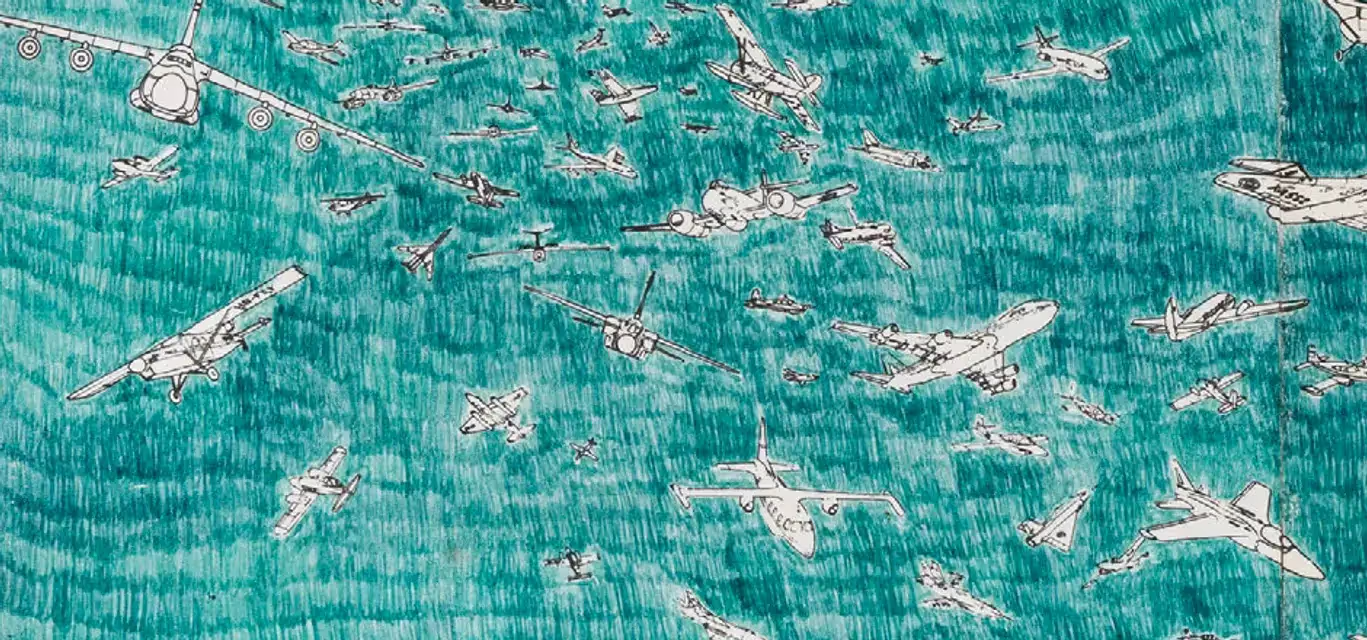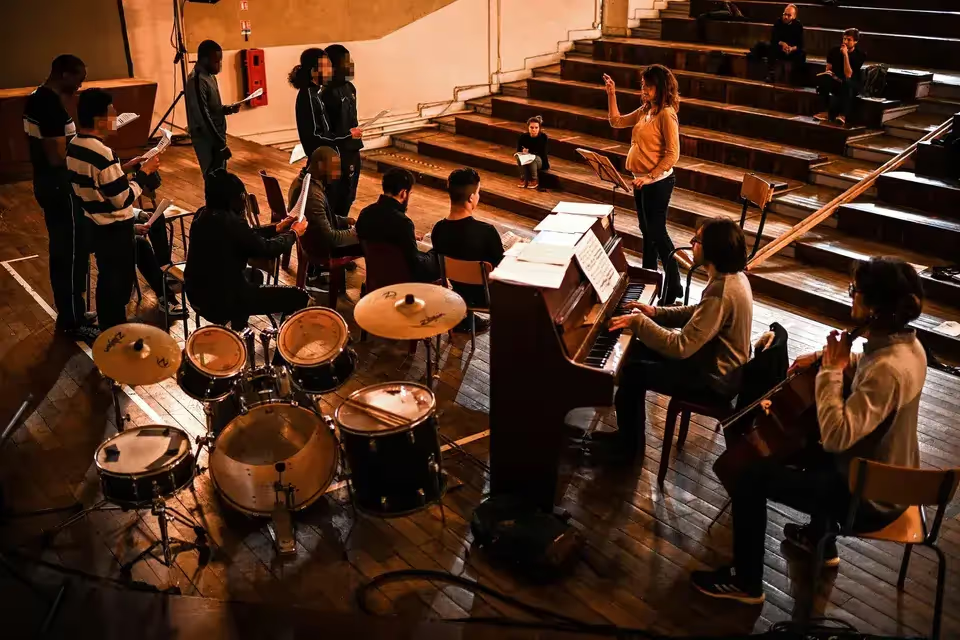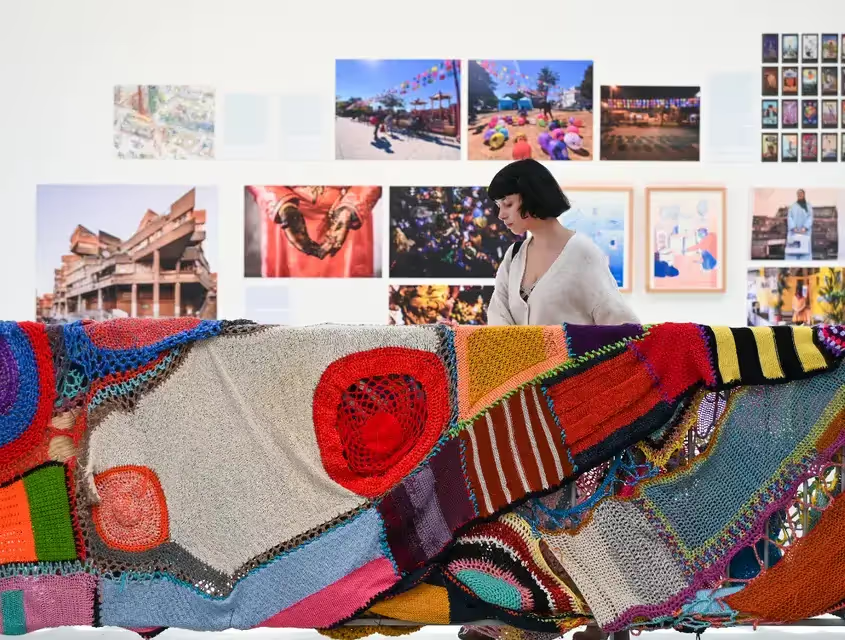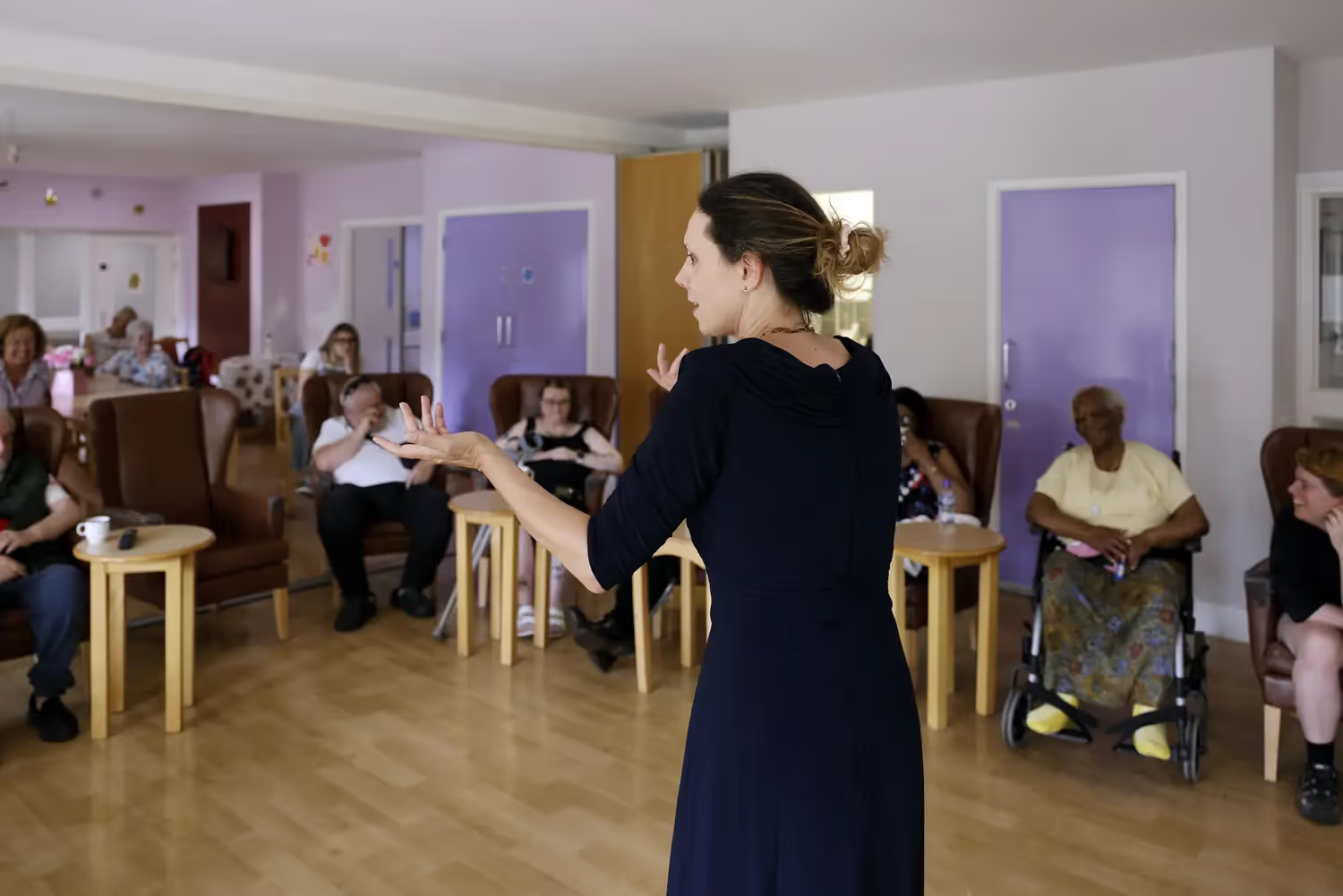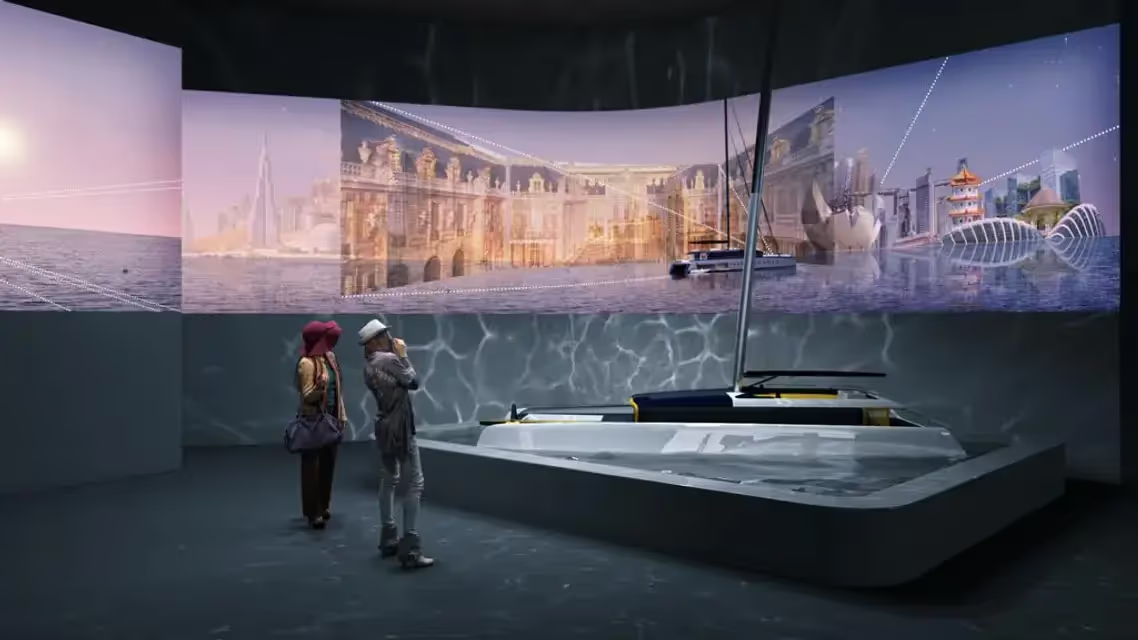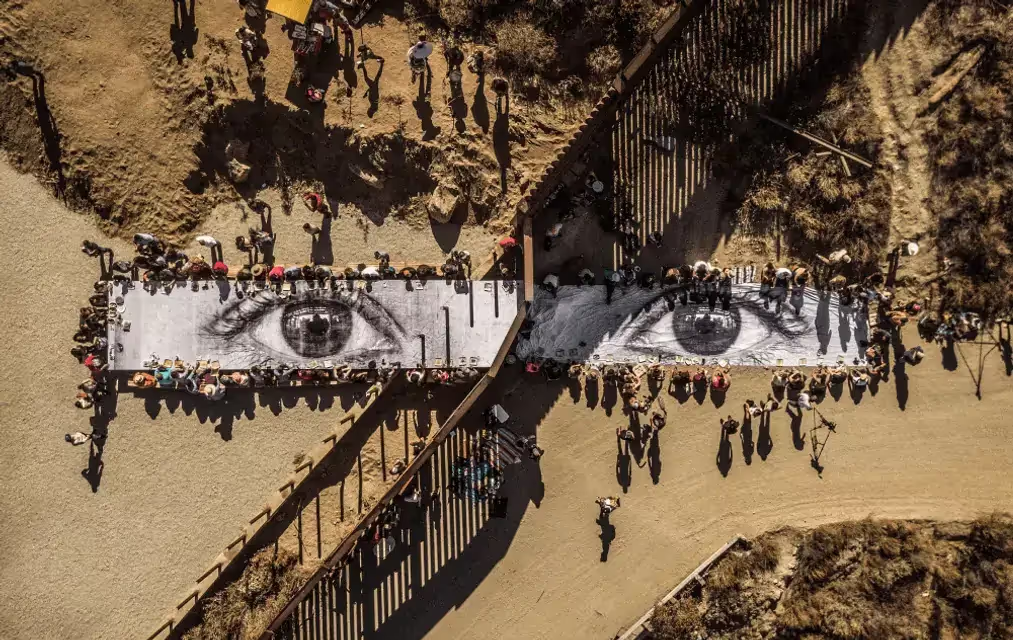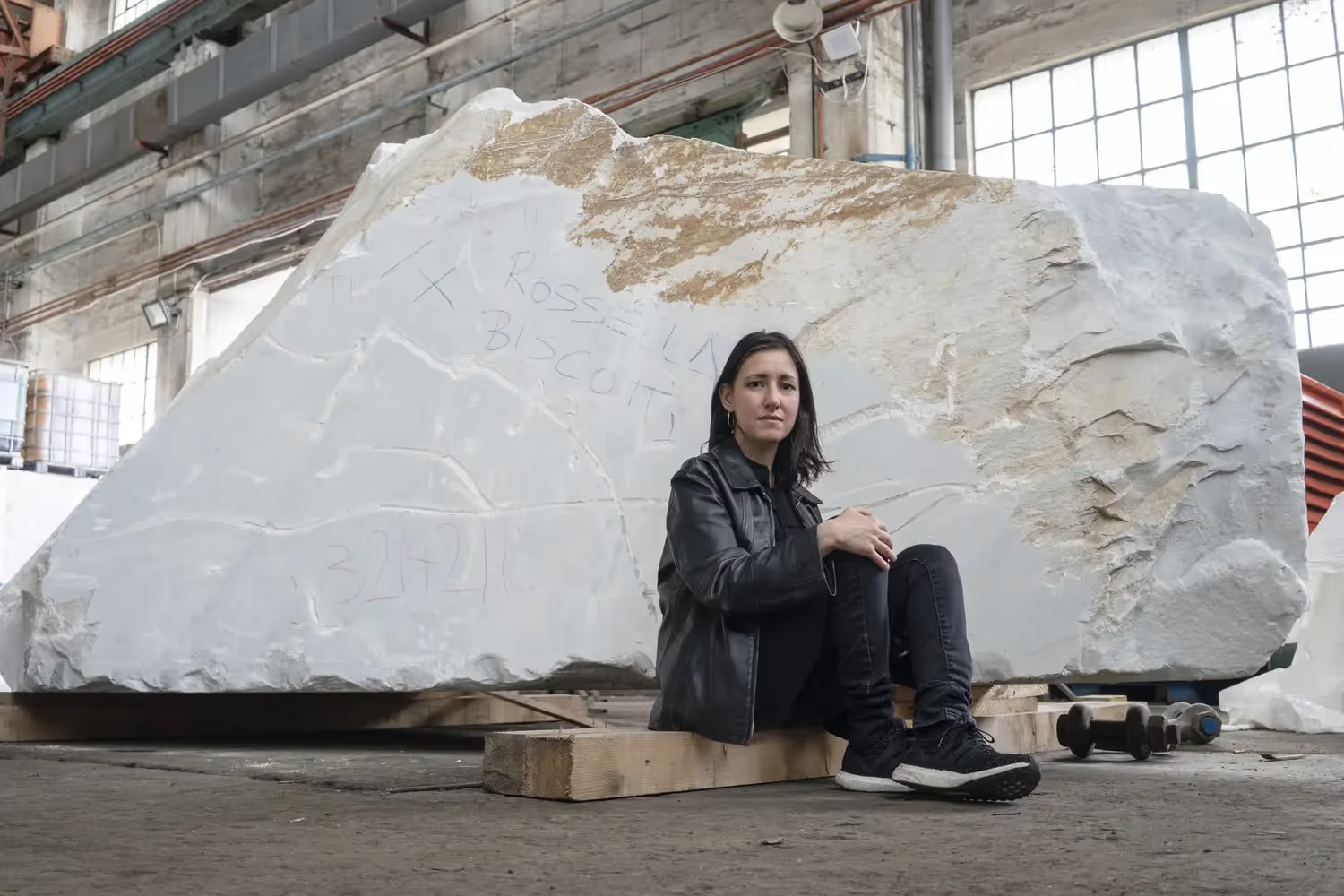
Italy
Learn more
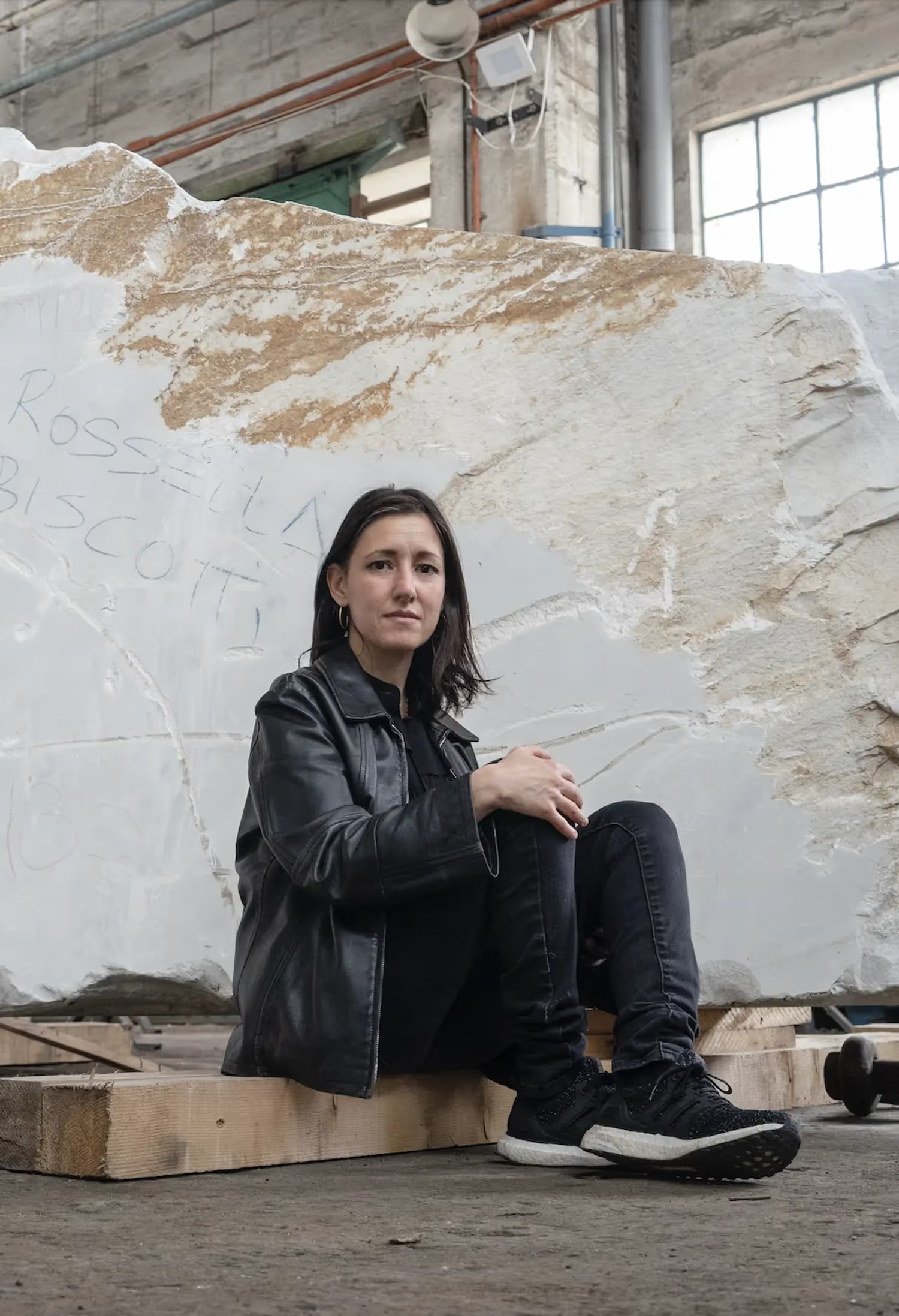
Rossella Biscotti, Italy
script in sentence
Biography
Rossella Biscotti was born in 1978 in Molfetta in Italy. She lives and works between Brussels and Rotterdam. She is an artist whose practice cuts across sculpture, performance, sound works, and filmmaking exploring social and political moments from recent times through the subjectivity and experiences of individuals often in opposition to violent institutionalized systems. Rossella Biscotti’s artworks encapsulate meticulous stratifications of materials and meanings.
Rossella Biscotti’s work has been exhibited in in international institutions, such as Castello di Rivoli Museo d’Arte Contemporanea, Italy (2024), Dhaka Art Summit, Bangladesh (2020), Kunstinstituut Melly, the Netherlands (2019), 55th Venice Biennale, Italy (2013), Secession, Austria (2013), dOCUMENTA 13, Germany (2012) and Manifesta 9, Belgium (2012).
Residency project
The project “script in sentence” seeks to explore the dynamics of public space in Paris through a series of performative interventions. Scripting site-specific performances for public spaces, mainly simple streets and corners, it’s an exercise of observation, imagination and engagement while investigating the tension between movement and restriction, gestures and the social power structures of the city, gender and race. The performances will involve subtle, often unannounced actions, introducing small portable objects that serve as both props and extensions of the body, and could play with notions of support, gift and restriction; fragmented texts, and choreographed movements. The performances will be fleeting, minimal, and grounded in the everyday — offering both poetic and political reflections on how bodies navigate spaces overlapping history and routine.
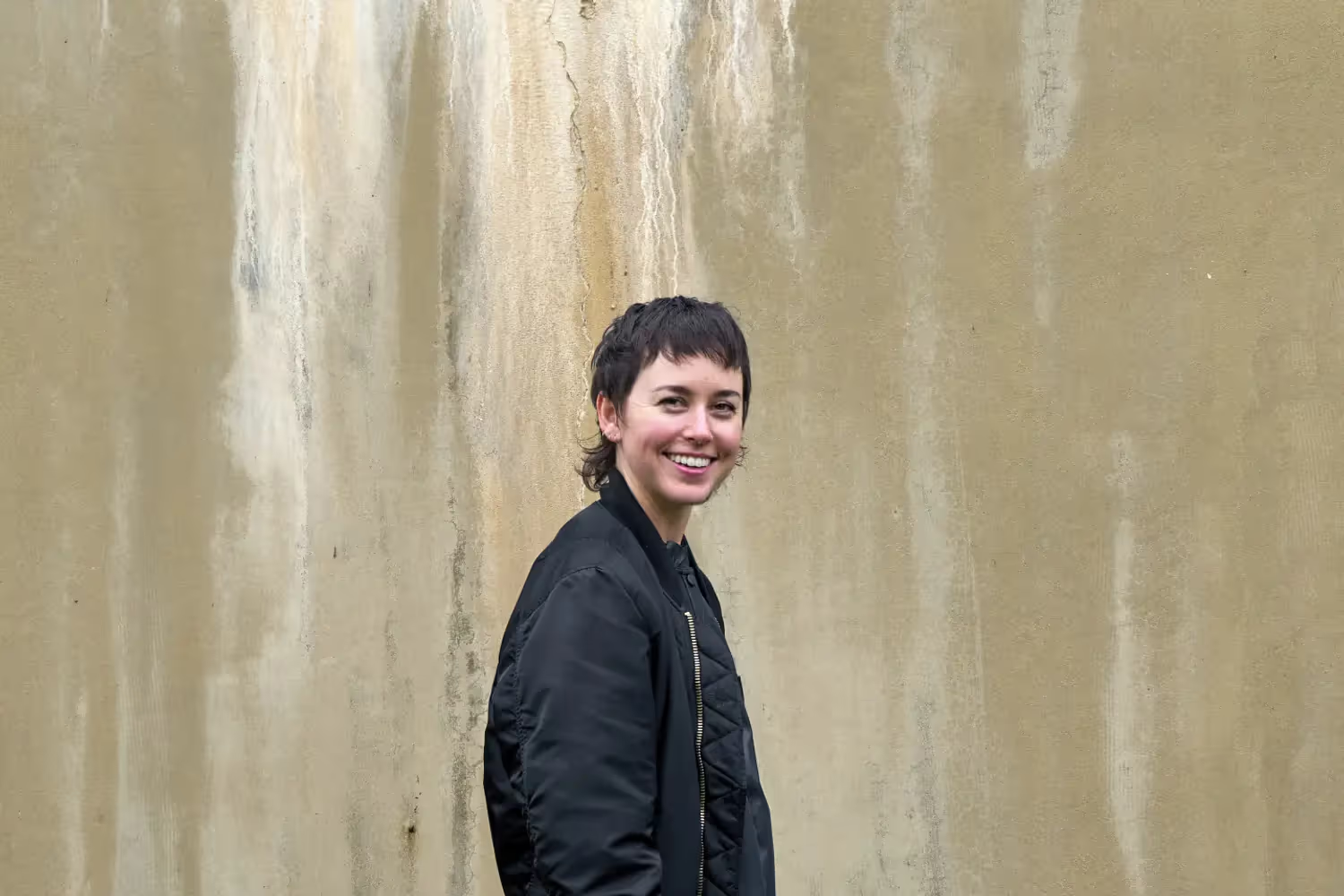
United States
Learn more
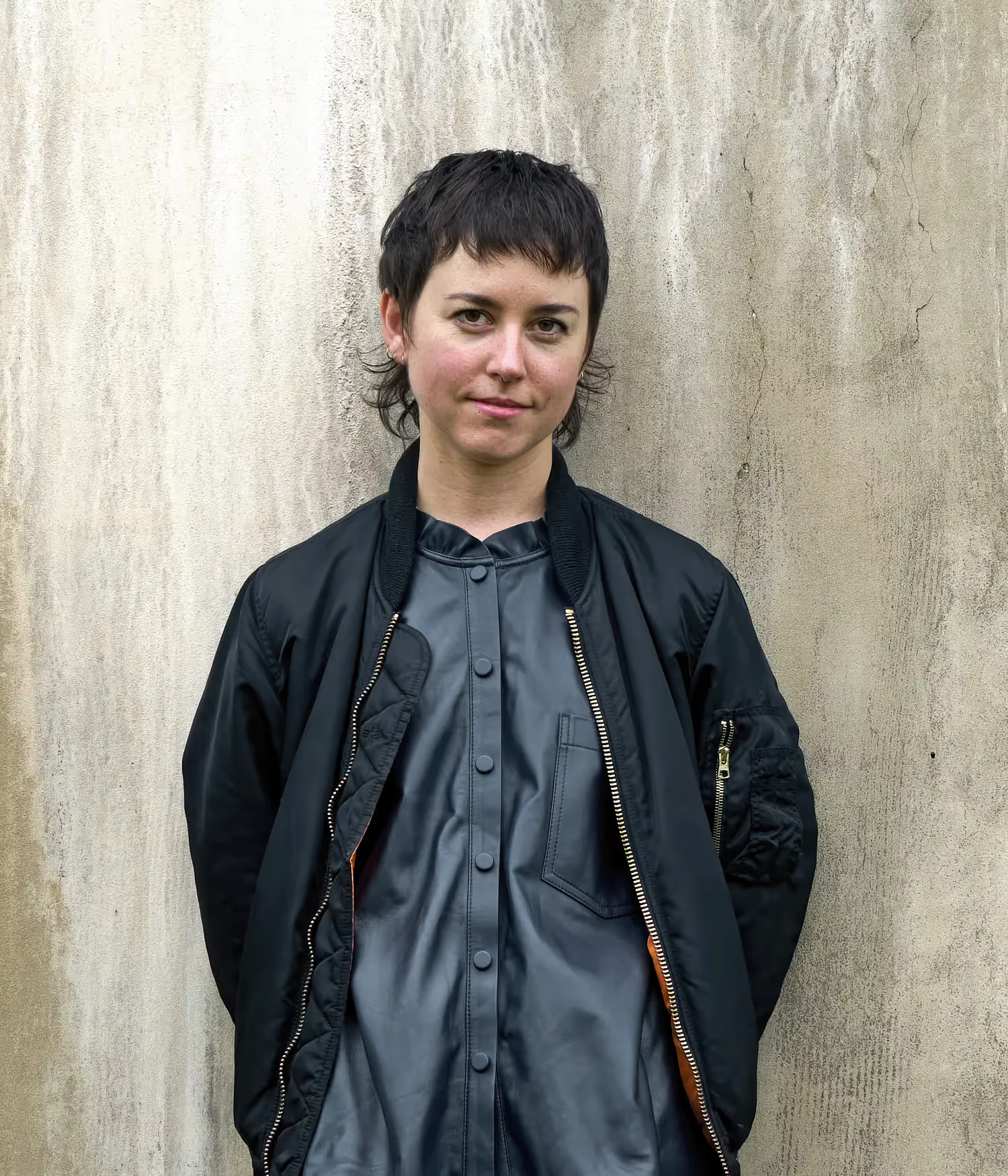
Alice Bucknell, United States
EARTH ENGINE
Biography
Alice Bucknell was born in London. They live and work in Los Angeles. Their recent work has focused on creating cinematic universes within game worlds, exploring the affective dimensions of video games as interfaces for understanding complex systems, relations and forms of knowledge. Alice Bucknell’s work has been presented in numerous institutions including Medialab Matadero and LEV Madrid, Spain (2024), Pacific Standard Time (PST) (2024), Arcade Seoul, South Korea (2023), Singapore Art Museum, Singapore (2023), Museum of Contemporary Art in Fort Worth, United States (2023).
Residency project
“EARTH ENGINE” is broadly a video game about climate futures, planetary agency, and the paradox of predictive technologies in closing down other possible futures. The mechanic of the game is a planet that plays itself, one that reverses the typical hierarchy between playable characters and environment, or subject and landscape, by making the game world the main character.
Something between an ecological tamagotchi and a divination tool, “EARTH ENGINE” rejects the modular fantasy of a wholly quantifiable world. Merging local climate data based on the player’s IP address with long-range climate forecasts and a GPS randomization spawn, the game generates a new world with each playthrough. The project considers time, grief, and the affective dimensions of the climate crisis that escape the infinite grid of a digital Earth double.
“EARTH ENGINE” is co-supported by a 2025 Creative Capital Grant in the US and its commissioner, the 2025 MUNCH Oslo Triennial.

Kosovo
Learn more
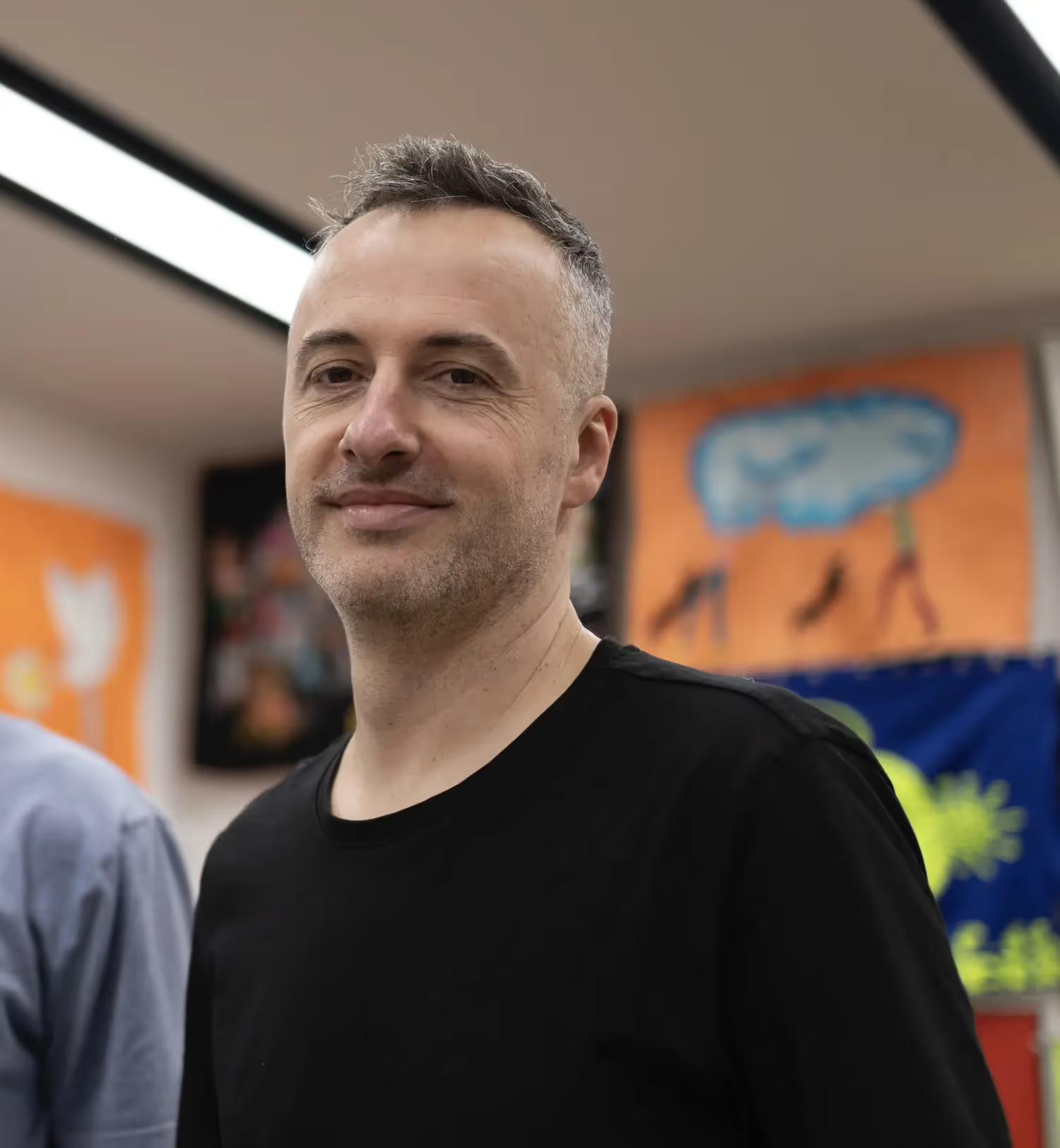
Jakup Ferri, Kosovo
Tintirinti
Biography
Jakup Ferri was born in 1981 in Prishtina, Kosovo. He works and lives between Amsterdam and Prishtina.
His work often evokes elements of children’s books, folk art, and outsider art, although his real inspiration comes from microorganisms as seen through an electron microscope. The figurative paintings and embroideries he creates are based on surreal drawings that depict everyday life in a world populated by animals, acrobats, geometric forms, and utopian architecture. These images create poetic interactions between people, creatures, and objects, inviting silent dialogues and suggesting new ways of communication between species.
Jakup Ferri represented Kosovo at the Venice Biennale in 2022. His work has been shown in numerous institutions including Harewood Biennial Leeds, United Kingdom (2024), Ludwig Museum Budapest, Hungary (2024), Kunstmuseum Luzern, Switzerland (2023), Manifesta Biennale 14 Prishtina, Kosovo (2022).
Residency project
For his project “Tintirinti”, Jakup Ferri will continue with his research into the various textile techniques, including tapestry, handmade carpets, and diverse forms of hand embroidery. These methods have significantly influenced his creative practice. He deeply values the authenticity, craftsmanship, and unpolished character of handmade textiles. For the last decade, his research has spanned across textile histories from regions such as Burkina Faso, Ghana, Senegal, Haiti, Suriname, Turkey, and the Balkans. This exploration has enriched his understanding of the cultural and historical significance of textile art, informing into his own creative vision.
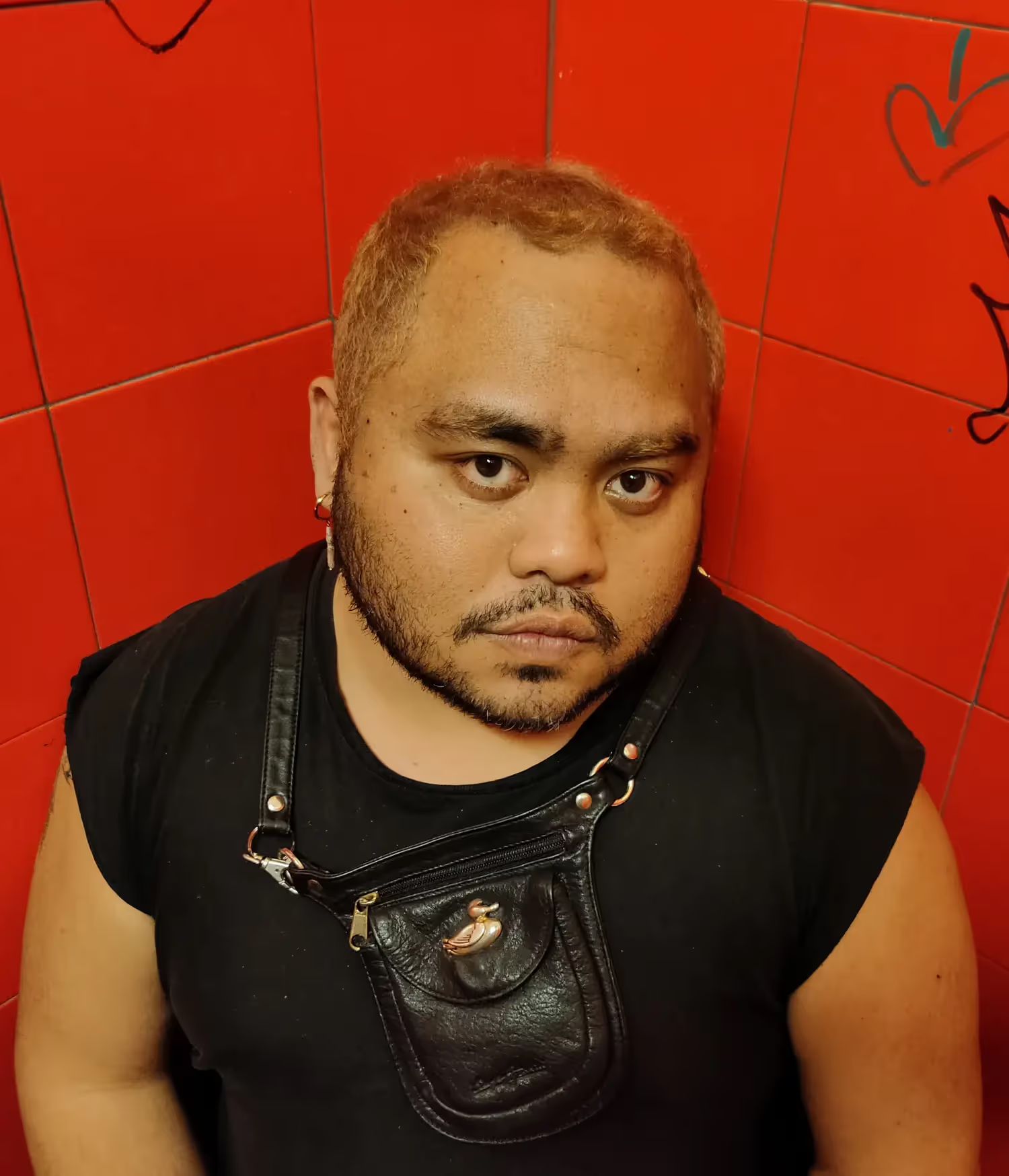
Philippines
Learn more
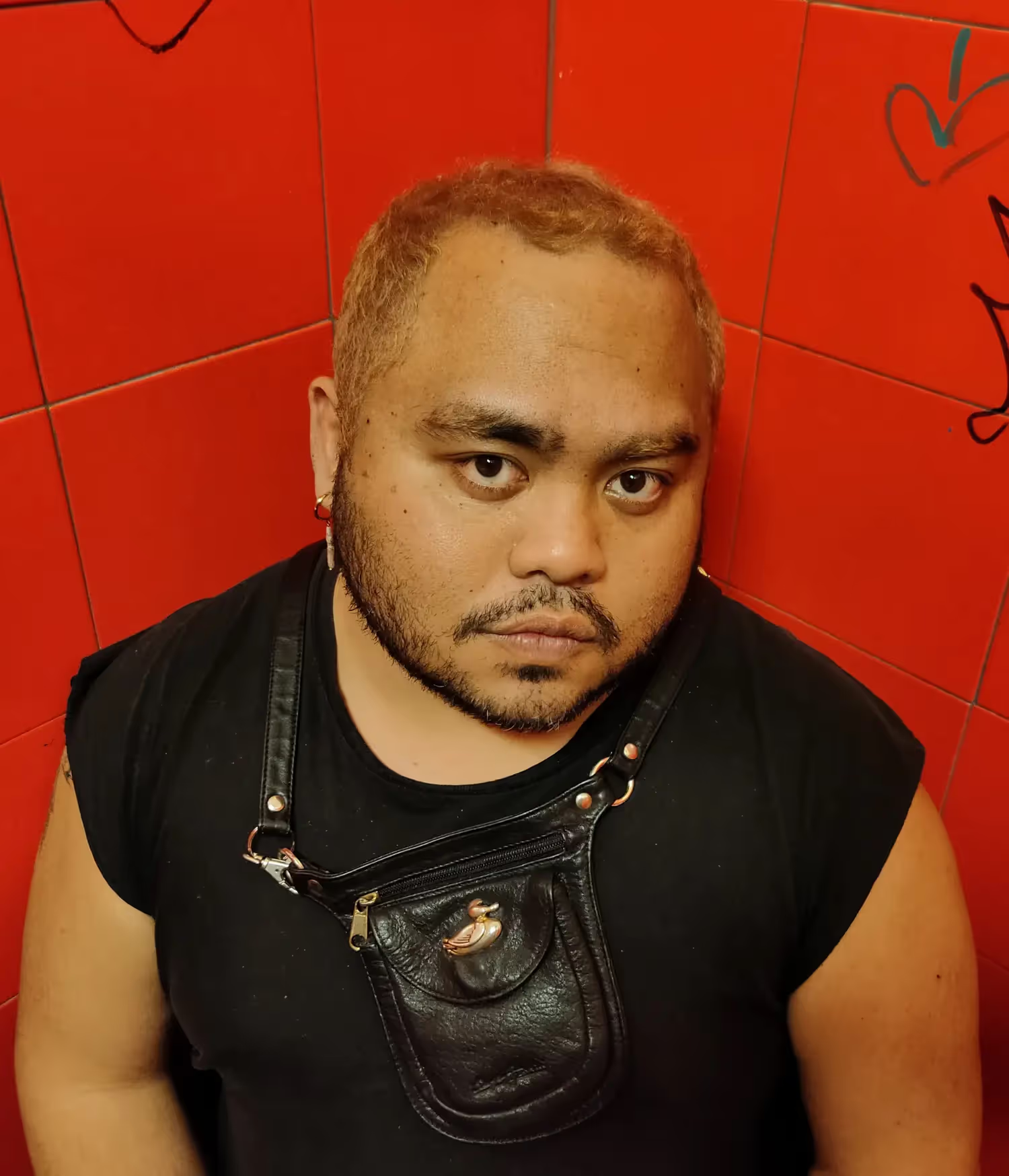
Liryc Dela Cruz, Philippines
We Shall Takeover The World
Biography
Liryc Dela Cruz was born in the Philippines. He lives and works in Rome. Deeply rooted in decolonial methodologies, his work examines the post-colonial history of the Philippines, the Filipino diaspora, and the lives of care, domestic, and cleaning workers. By bridging personal and collective narratives, Liryc Dela Cruz interrogates identity, belonging, and labor, fostering dialogue and imagining futures shaped by radical care, shared histories, and the unlearning of colonial legacies. His works has been shown in numerous institutions including Santarcangelo Festival, Italy (2024), Mattatoio di Roma, Italy (2023), Teatro di Roma, Italy (2021), Jihlava International Documentary Film Festival, Czeck republic (2018, 2020, 2021) and Locarno Film Festival, Switzerland (2015).
Residency project
In the pursuit of understanding the deep ties between labor, identity, and colonial legacies, Liryc Dela Cruz’s residency project in Paris continues his ongoing research on care, hospitality, and the experiences of Filipino workers. Through encounters centered on storytelling, reflection, and decolonial practices, Liryc Dela Cruz facilitates spaces where participants can share their lived experiences, engage with Filipino history, and reflect on the role of labor in shaping identity. These encounters will culminate in a collaborative work that weaves together personal narratives of displacement, labor, and resistance. By integrating these experiences with his films and installations, Liryc Dela Cruz will further investigate the persistent colonial processes embedded in care work, using the residency as a space to reclaim agency and amplify marginalized voices through collective artistic expression.

Lebanon
Learn more

Rana Hamadeh, Lebanon
The Destiny project: Standard_Deviation IV
Biography
Rana Hamadeh was born in 1983, in Lebanon. She lives and works in Rotterdam.
Her artistic practice integrates curatorial methods, producing theatrical performances, networked media, interactive sound systems, and audio-visual installations, often structured as long-term, sequential projects. Since 2016, she has developed an “operatic practice”, exploring collective thinking and models of machinic extension, focusing on justice's epistemologies and technologies through formats like theatre-works-as-media-installations, music from statistical data, and machinic opera. She examines "alienness" as both a legal outcast and a discursive tool, addressing law, theatre, and alternative topographies of a re-imagined world order. She investigates testimony beyond legal paradigms, contrasting rational tribunal utterances with the unspeakable, creating an "archive of erasure."
Rana Hamadeh’s work has been presented in numerous institutions including Performa Biennial, U.S.A (2023) Edith-Russ Haus, Germany (2022), The Secession, Austria (2021), Kunsthalle Winterthur, Switzerland (2019), Rotterdamse Schouwburg, the Netherlands (2017).
Residency project
The Destiny Project (2020-X) is a long-term research project that is invested in the question of the production, consumption, circulation and articulation of 'desire' within the contemporary global public discourse. It attunes itself particularly to the economies, technologies and destinies/destinations of (machinic) desire, as manifested in – as well as shaped by – fields such as predictive and prescriptive analytics and the nascent fields of data justice and algorithmic justice.
In France, Rana Hamadeh plans to develop a new operatic tragedy inspired by two interlinked welfare scandals: The Dutch “Toeslagen Affaire” – where algorithmic bias by tax authorities devastated migrant families through false accusations of fraud – and a similar case in France where discriminatory algorithms by CNAF impacted low-income migrant families.
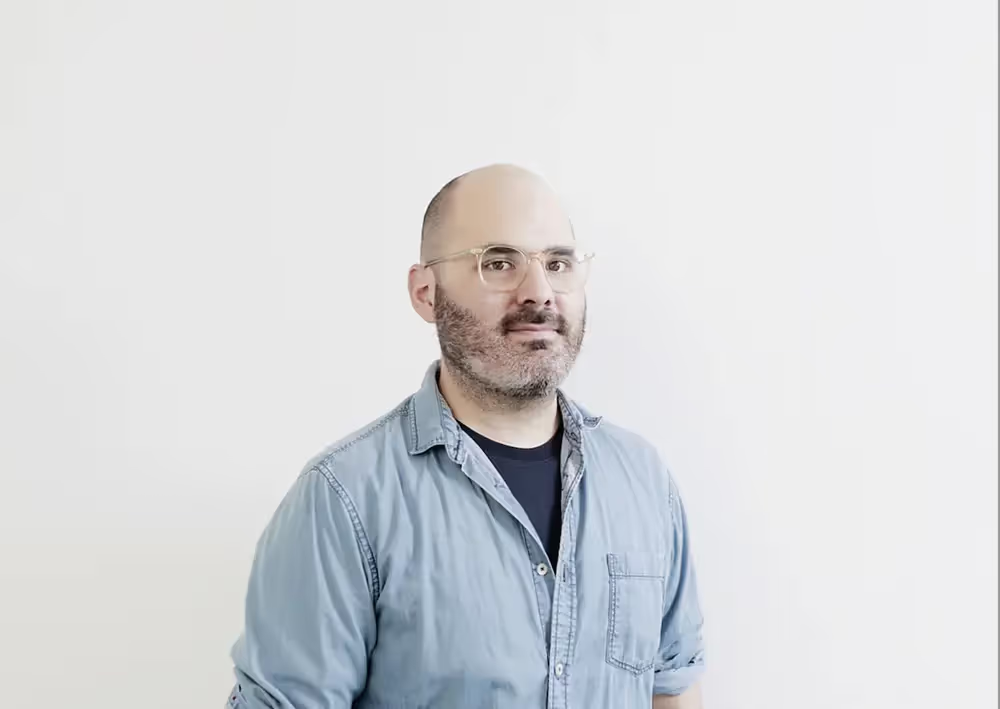
Mexico
Learn more
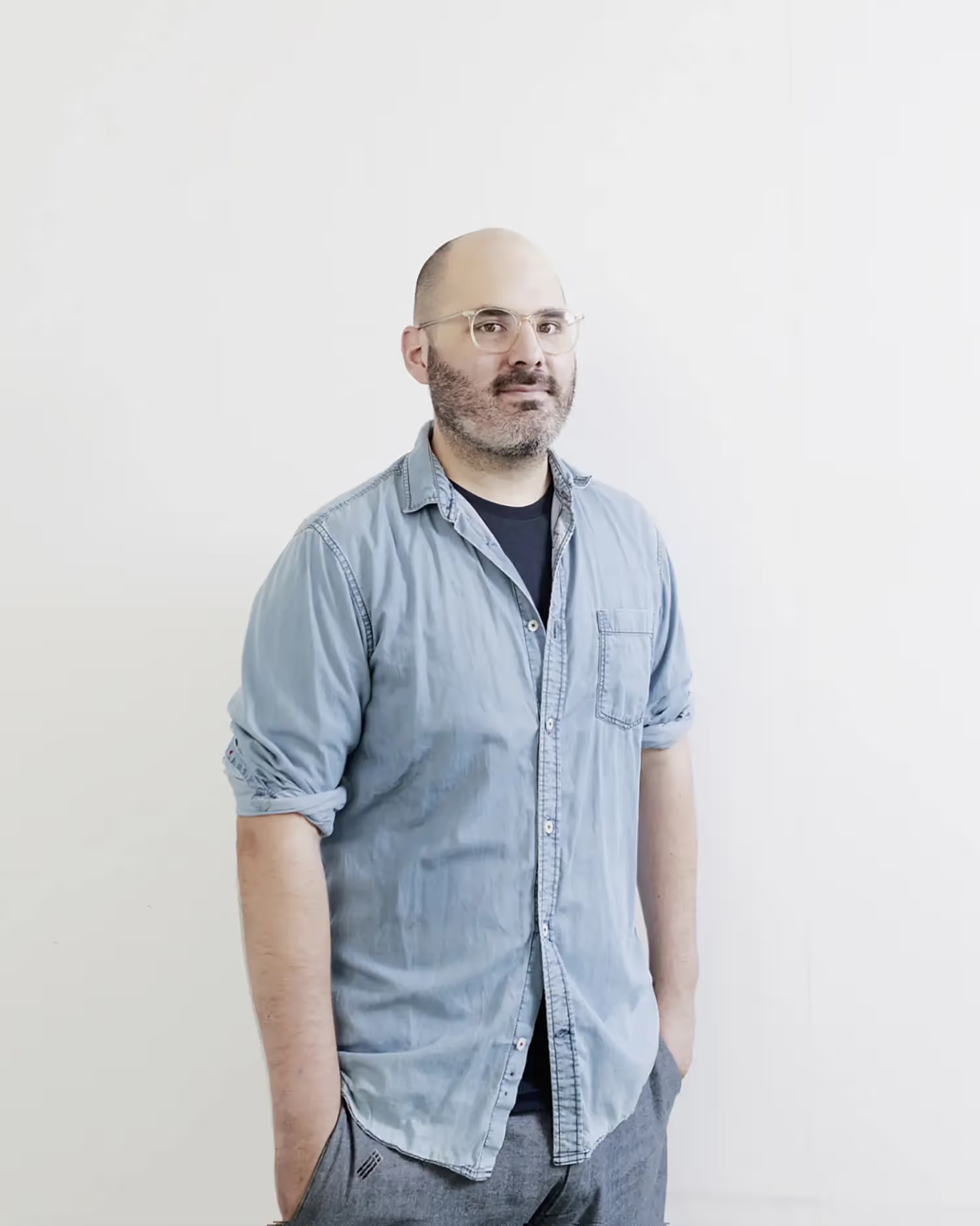
Rodrigo Hernández, Mexico
Conchita
Biography
Rodrigo Hernández was born in 1983 in Mexico City. He lives and works in Mexico City. His practice encompasses sculpture, painting, drawing and installations, and is anchored in a research of the world of dreams and fiction. Rodrigo Hernández’s work has been presented in numerous institutions including Wattis Institute, USA (2024), Kestner Gesellschaft, Germany (2023), Museo Jumex, Mexico (2022), Swiss Institute, USA (2022), Istanbul Modern, Turkey (2020), Kunsthalle Basel, Switzerland (2018).
Residency project
Using the novel from the Parisian writer Patrick Modiano “Dora Budor” as a starting point, Rodrigo Hernández will extend his research on memory, dreams and auto fiction narratives in relation with the biography of his grandmother Conchita. Both stories touch upon themes of escape, childhood and the vertigo of finding oneself at the brink of the unknown.
In Paris, which for Modiano’s work is not only a recurring setting but also a central character, he wants to explore the trope of urban wandering connected with the act of dreaming, as seen in cases such as the photography of Eugène Atget; Baudelaire’s flâneur, the Situationist dérives, the Dada “excursions”, Walter Benjamin’s “Arcade Project”, to name only a few.
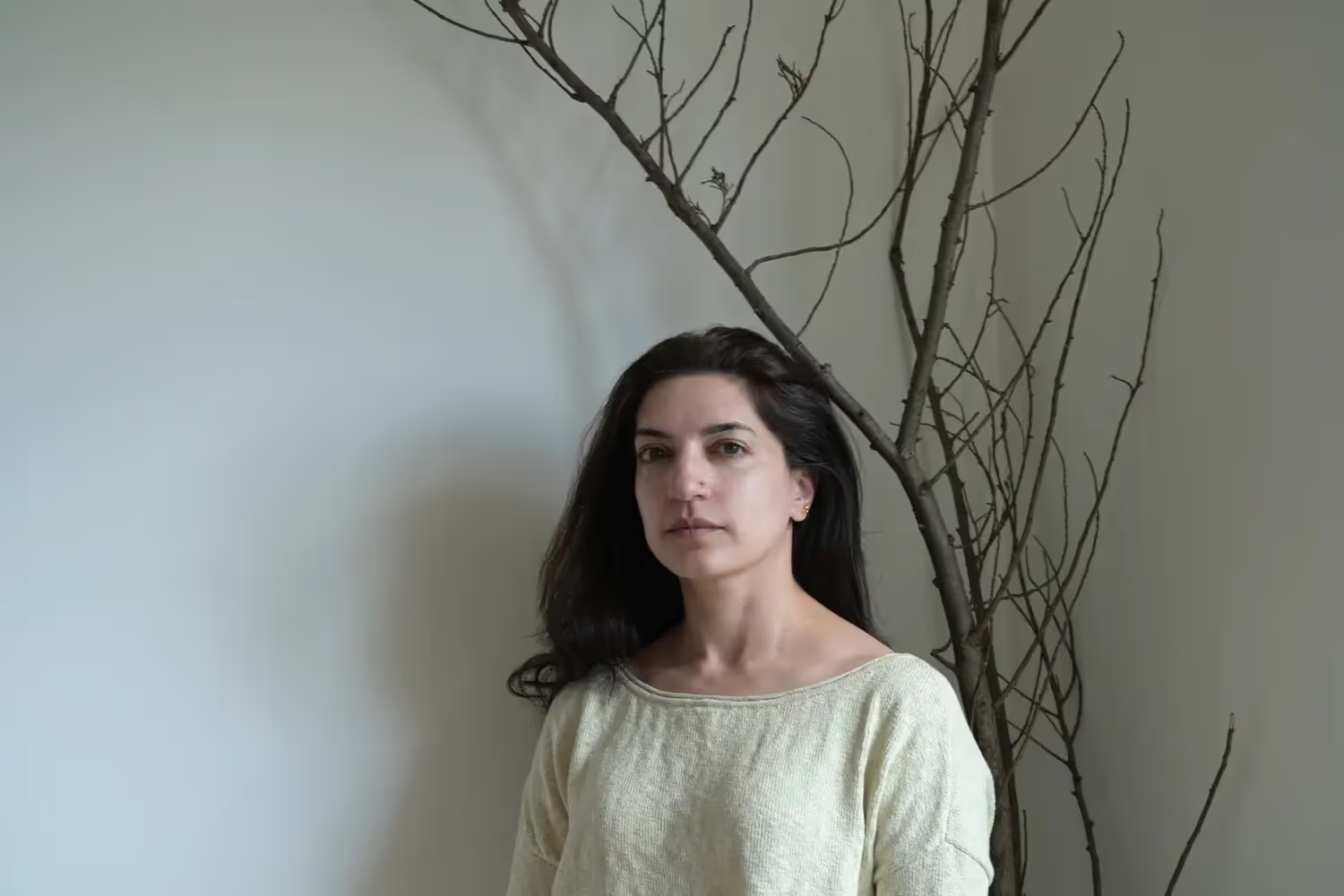
Pakistan
Learn more

Saba Khan, Pakistan
Keeping Afloat in Grey Liquid
Biography
Saba Khan was born in 1982 in Lahore Pakistan. She lives and works between Lahore and London. Her interdisciplinary work stretches over the fields of art, ecology, performance, colonial histories which come together through expeditions, research and fieldwork. The work explores the history and politics of water bodies, flow, fluidity - bodies blocking water and bodies moving along water. Her works weave through the language of memorial, monument and public projects, balancing grandeur, artifice and satire in order to explore the cracks in the structures. Saba Khan founded Murree Museum Artist Residency and a satirical collective ‘Pak Khawateen Painting Club’. She recently exhibited at Swiss Institute, USA (2024), National Museums of Qatar, Doha (2024), Sharjah Art Foundation, UAE (2022), Lahore Biennial 02, Pakistan (2020).
Residency project
Water engineering was a tool for colonial expansion, control, and growth of agriculture in the 19th century Indian-Subcontinent. Saba Khan’s previous research on water control draws parallels with new tools for control of liquid capital, fluidity of money, by monitoring groups, such as Financial Action Task Force (FATF) based in Paris. The new banking structures have not considered creative practitioners and women, pushing them further on the peripheries with more stringent and misogynistic rules. Saba Khan relates these new regimes akin to water projects of the British Raj and the World Bank. Large dams were built to harness unruly waters of South Asia, while the policies of FATF are used to block the flow of dirty money and money laundering but its implementation effects the lives of artists, ordinary citizens, migrant workers and women.
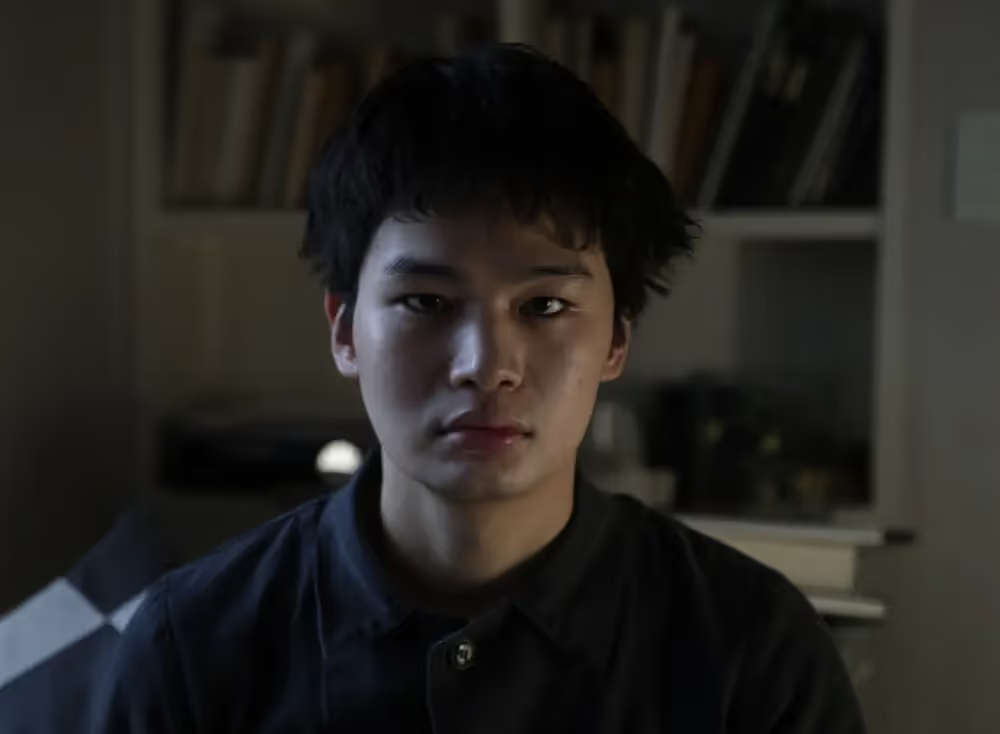
South Korea
Learn more
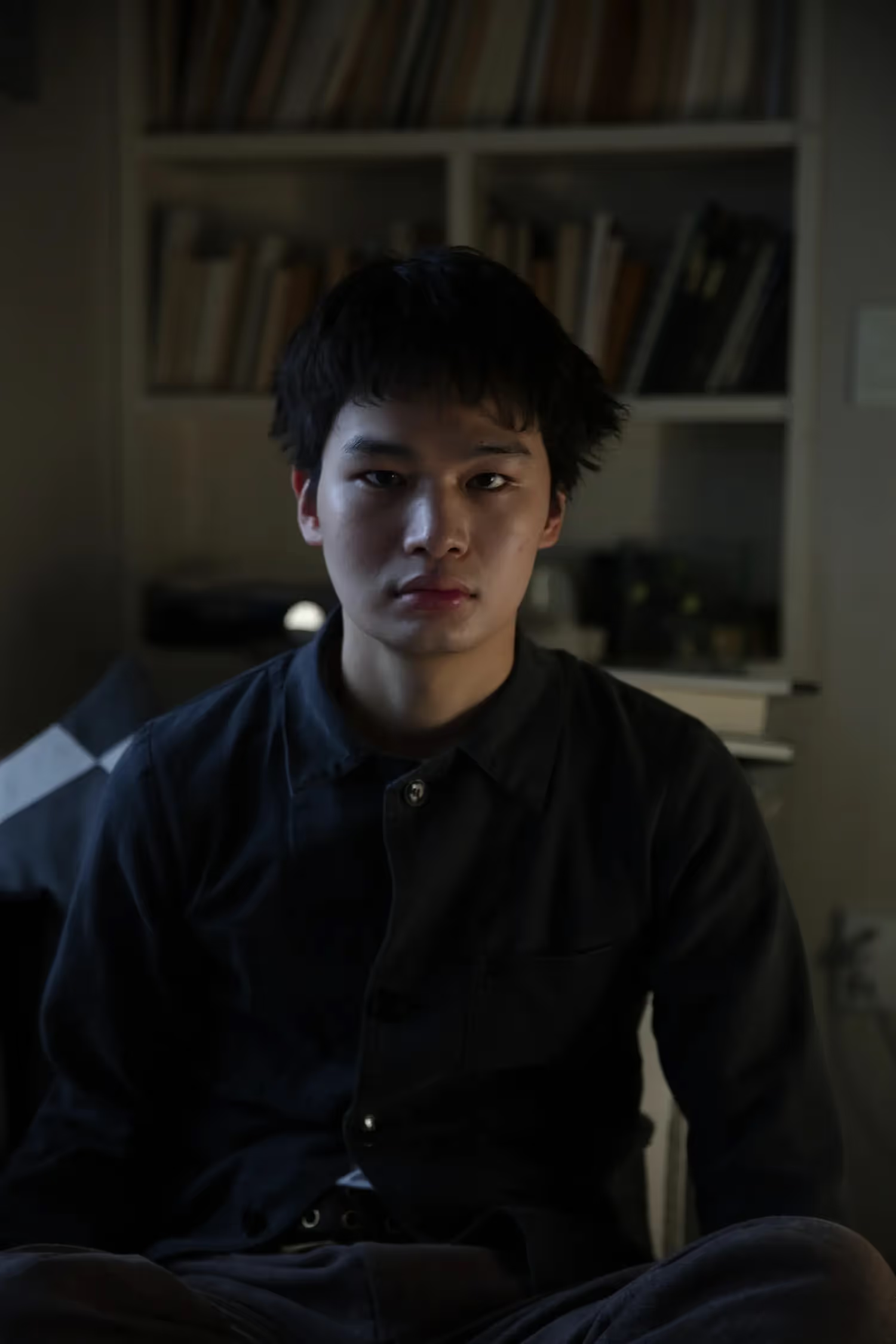
Muyeong Kim, South Korea.
Biography
Muyeong Kim was born in 1995. He lives and works in Seoul.
Muyeong Kim looks into the affinities of contradictory desires through staging, camera, and wall installations. He is particularly interested in the workings and makings of a stage, most recently allowing further exploration into aestheticized victimhood, or a study of willed passivity and its violent ruptures.
His recent exhibitions include Leeum Museum of Art, South Korea (2024), Frieze No.9 Cork Street, United Kingdom (2024), Amado Art Space, South Korea (2024), N/A, South Korea (2023), and Shower, South Korea (2023).
Residency project
Continuing his research into pinhole camera portraiture and various theatrical locations, Muyeong Kim will study the isolation and obscuring conditioning of observation contained within box-like structures, both large and small. The box-like examples the artist has chosen for his new research, in order of size, are as follows: photographs with a colorization technique that emerged in Japan after the invention of black and white photography and before the invention of color photography; a reconstruction of a sedan chair, a wheelless litter that first originated in the French Sedan region; and a leprosy hospital built by the Japanese in Korea during the Japanese occupation.
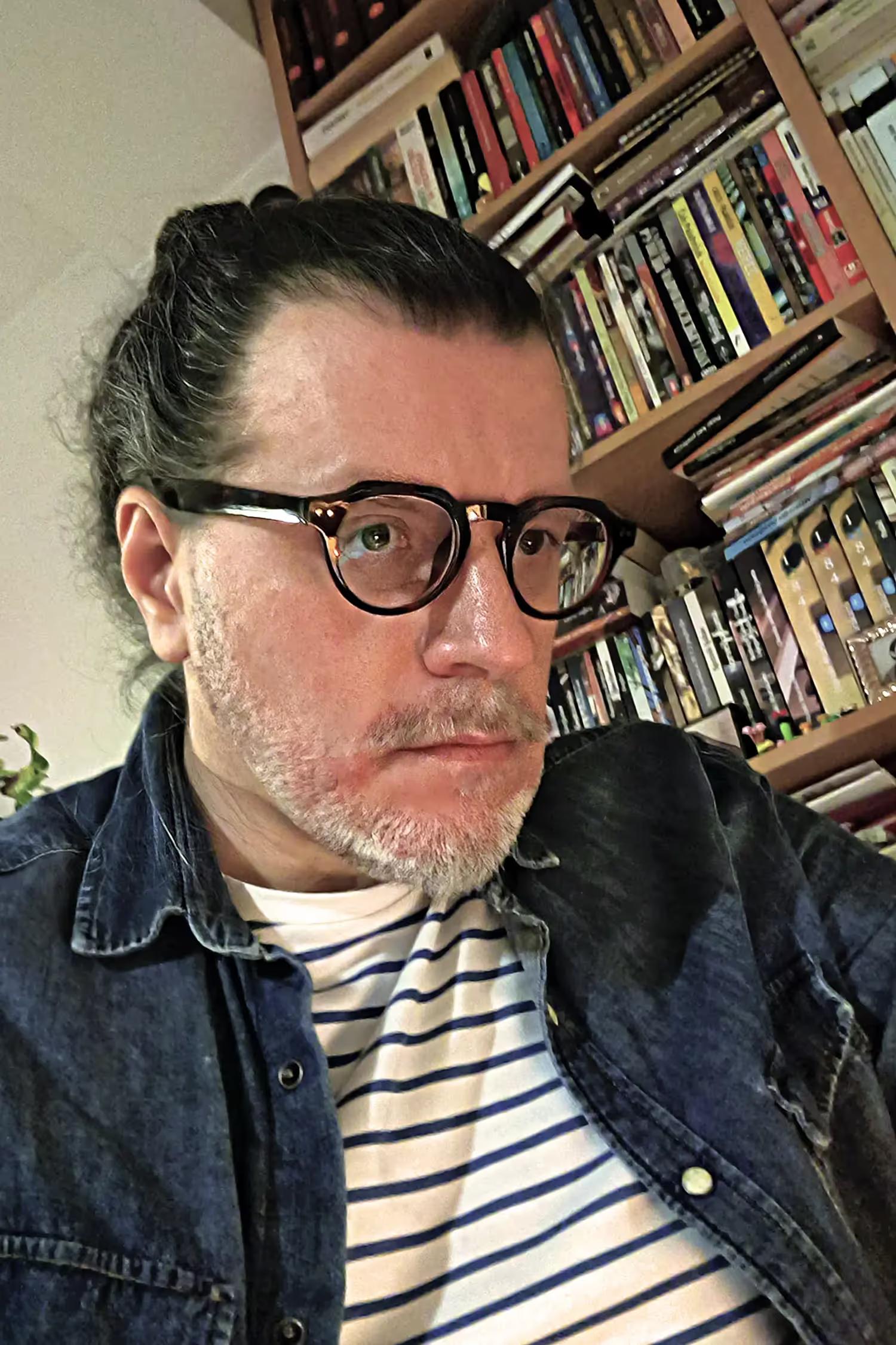
Northern Macedonia
Learn more
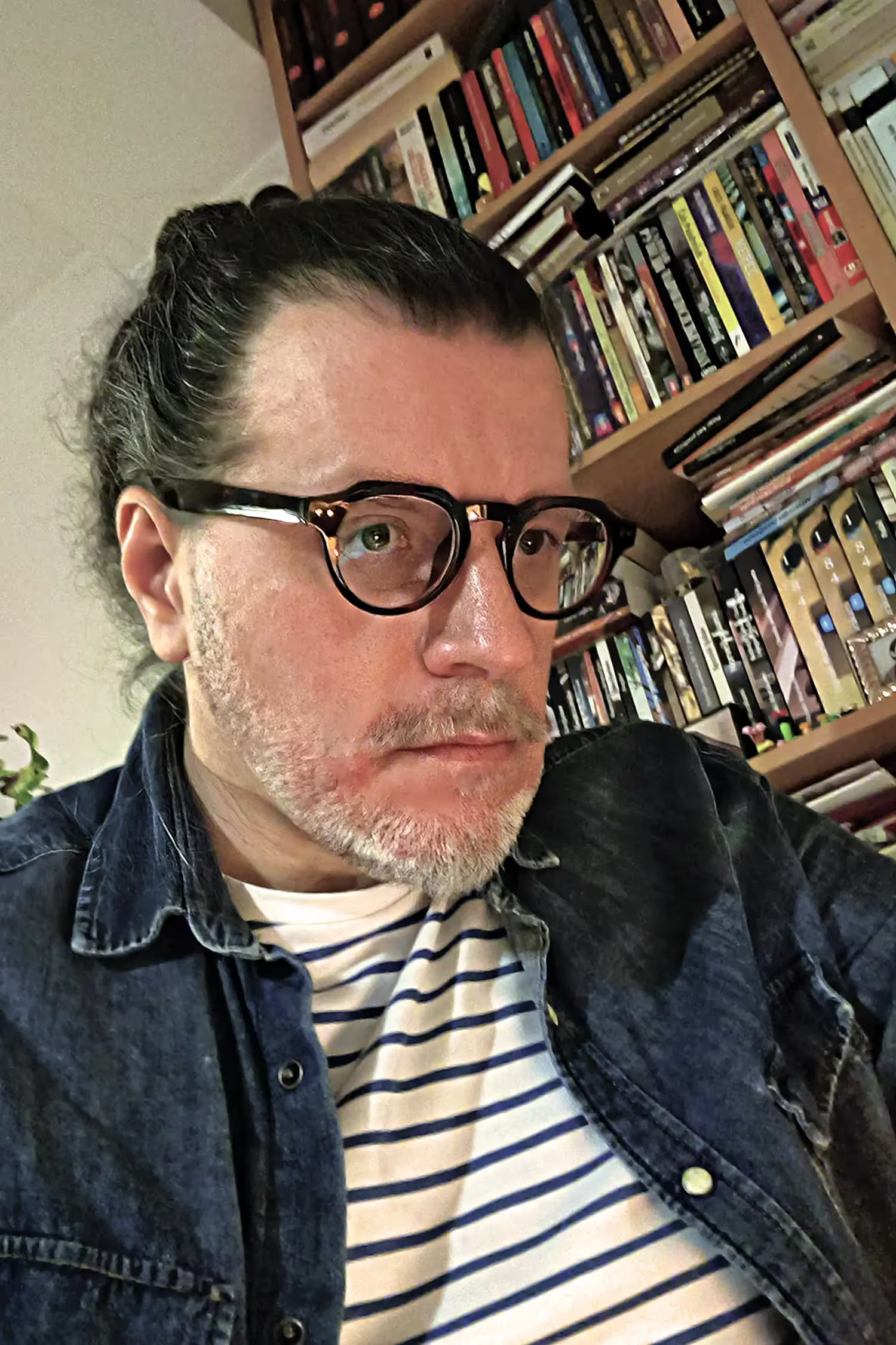
Oliver Musovik, North Macedonia
Urban Voids
Biography
Oliver Musovik was born in 1971 in Skopje. He lives and works in Skopje, North Macedonia.
Oliver Musovik’s practice explores urban ecology, resilience, and the intersections of nature and human intervention, often through photography and visual storytelling. His work has been presented in numerous institutions, including the Skopje Museum of Contemporary Art, North Macedonia (2021), +MSUM Museum of Contemporary Art Metelkova, Slovenia (2018), Fridericianum Kassel, Germany (2003), Manifesta, Germany (2002), and the Istanbul Biennial, Turkey (1999).
Residency project
The project investigates Paris’s urban voids—neglected, overlooked spaces where nature and the built environment intersect. These ambiguous zones, such as abandoned railway lines, concealed utility structures, and depopulated villages, challenge the typical narratives of urban development by showcasing ecological resilience and adaptive growth. Drawing on theories of "terrain vague" and the "Third Landscape", the project highlights the cultural and ecological significance of these unmanaged spaces, proposing them as sites of alternative possibilities. Through systematic photographic documentation, the work aims to foster a deeper appreciation for these spaces as vital, untamed elements of the urban fabric.
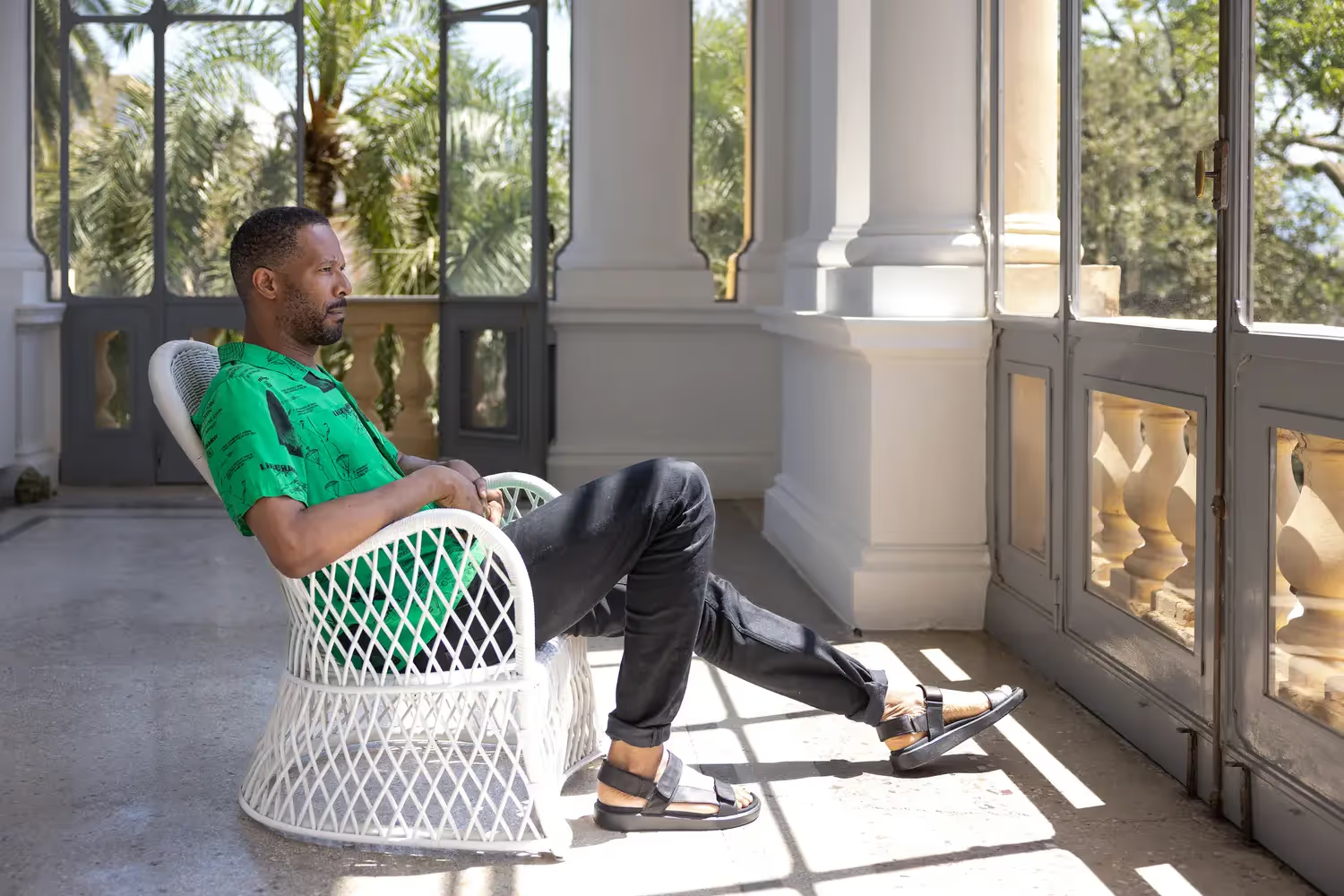
France
Learn more

Jimmy Robert, France
The thin line between care and violence
Biography
Jimmy Robert was born in 1975 in Guadeloupe. He lives and works between Paris and Berlin.
Jimmy Robert’s multidisciplinary practice encompasses performance, photography, film and collage, frequently collapsing distinctions between these mediums. Jimmy Robert’s interest in how the body can be personified through materials and the reverse is a force that integrates his longtime work with performance with his larger practice. He has choreographed performances within exhibition spaces, in relation to existing architectural structures, as well as re-staging, reframing or sampling historical performances. The frequent citation of moments from art history, film and literature is characteristic of his deeply layered narratives.
His work has been presented in numerous institutions including a mid- career survey at Nottingham Contemporary, United Kingdom (2020), which travelled to Museion Bolzano, Italy and CRAC Occitanie, France (2021). Recent solo exhibitions include Moderna Museet, Sweden (2023), Centre national de la danse, France (2023), Kunsthalle Baden-Baden, Germany (2022), Künstlerhaus Bremen, the Netherlands (2022) and Hunterian Museum and Art Gallery, Scotland (2021).
Residency project
Has the relation to the Police always been the same in France? Jimmy Robert’s project explore this subject in the way that Nietszche posits History, from a monumental as well as archival and critical point of view. In a first research phase Jimmy Robert would like to dive deeper into the subject to deal it with justesse, in order to developp a new performance. He is curious about meeting Paris-based people like Fabien Jobard – political scientist who has inquired a lot into Police violence –, journalist David Dufresne and Assa Traoré. Mediapart has also done a lot of work on the subject and he’s looking forward to digging into their archives.
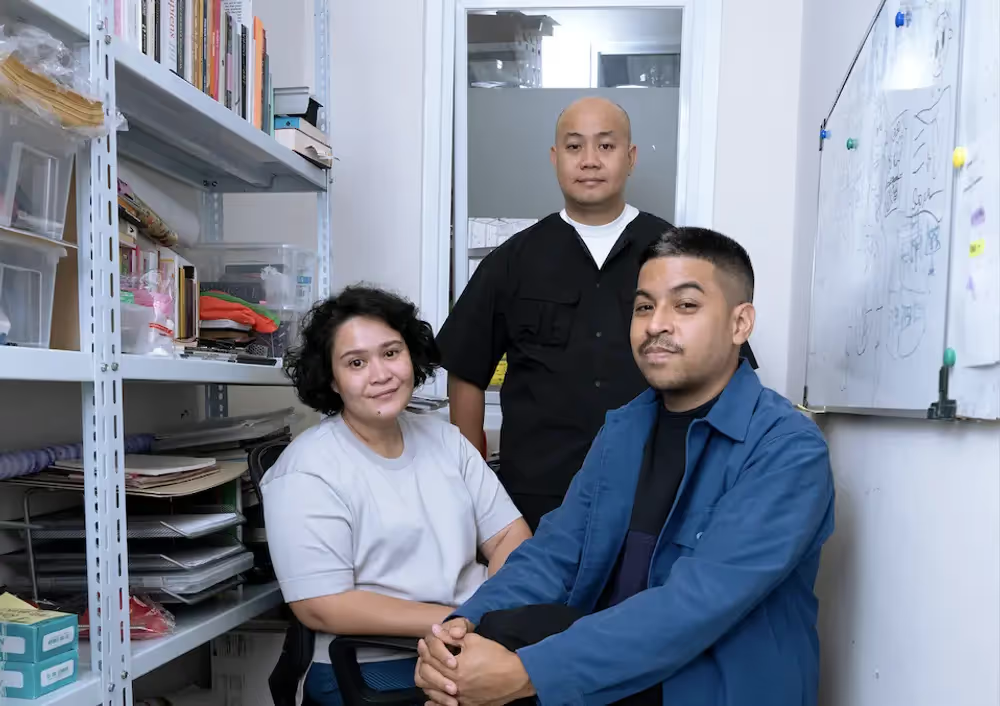
Indonesia
Learn more
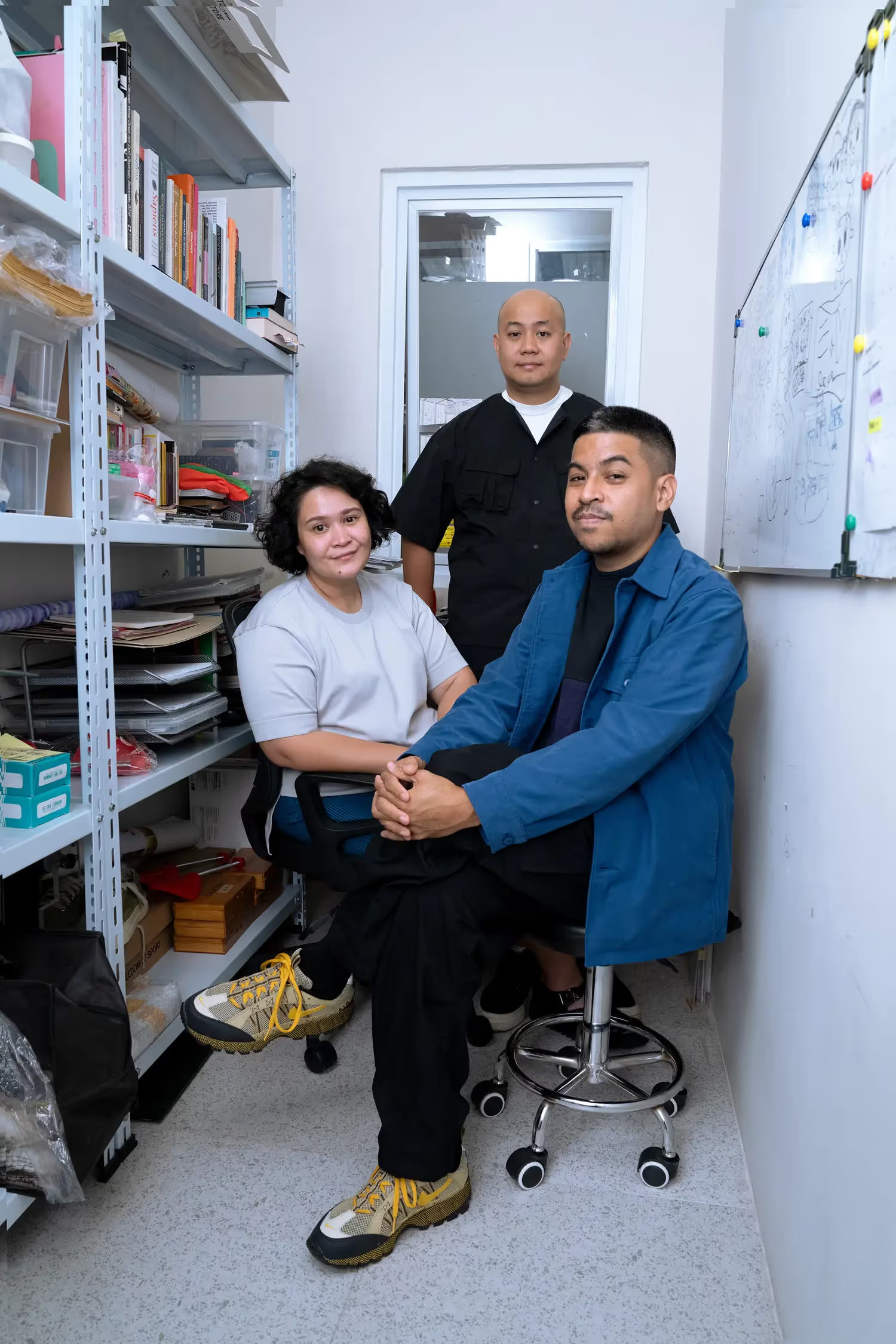
Tromarama, Indonesia
The Avatar's Currency
Biography
Tromarama is an artist collective formed in 2006 by Febie Babyrose, Herbert Hans, and Ruddy Hatumena. They live and work in Bandung and Jakarta, Indonesia. The three create works combining video, installation, and computer programming. Underpinning their artmaking is their collective interest in the influence of digital media on society’s perception of its surroundings. Their projects revolve around the expanding field of possibilities whereby individuals continuously generate new forms of value through data collection, interpretation, and use as they navigate cyberspace. Their work has been presented in numerous institutions including Julia Stoschek Foundation, Germany (2024), Videobrasil, Brazil (2023), M+, Hong Kong (2023), Kunsthal Charlottenborg Biennale, Denmark (2023), Kunstinstituut Melly, Netherlands (2023).
Residency project
“The Avatar’s Currency” explores the intersections of identity, commerce, and digital representation. It draws parallels between the opulent masquerade balls of 17th and 18th-century France and the performative nature of modern digital personas within the market economies. The project aims to examine the role of anonymity throughout history, particularly in masquerades and today's digital environments, in enabling individuals to take on different personas that either align with, challenge or take advantage of the prevailing market-oriented ideals. The project aims to generate a video showcasing a three-dimensional rendered animation, which will be developed using motion-captured dance performance movements. The work seeks to explore an alternative energy transition wherein the shift is made from physical movements to data points, serving as the fundamental basis for creating animated films.




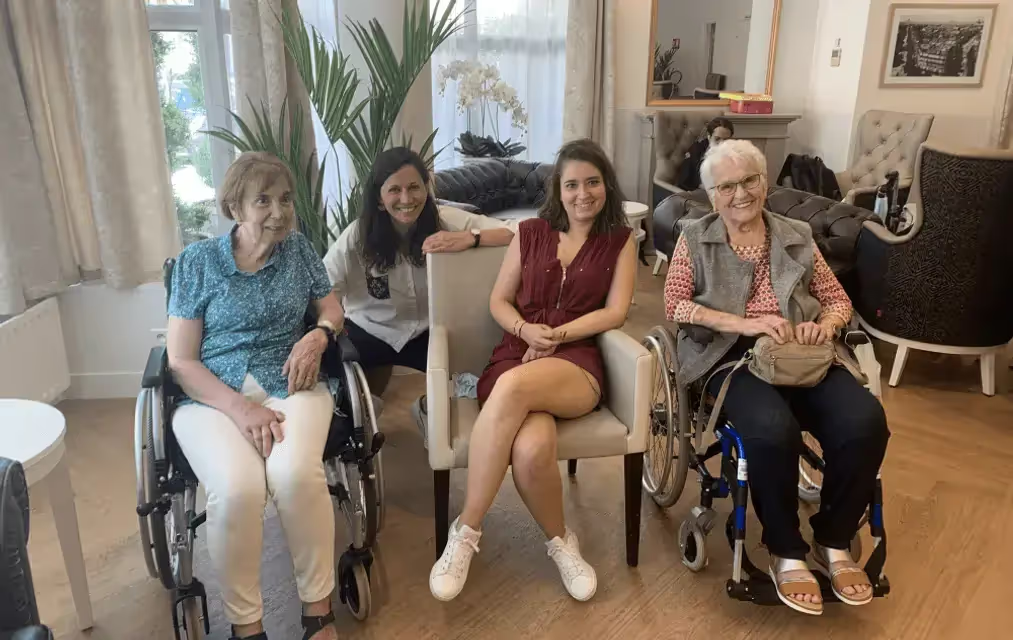

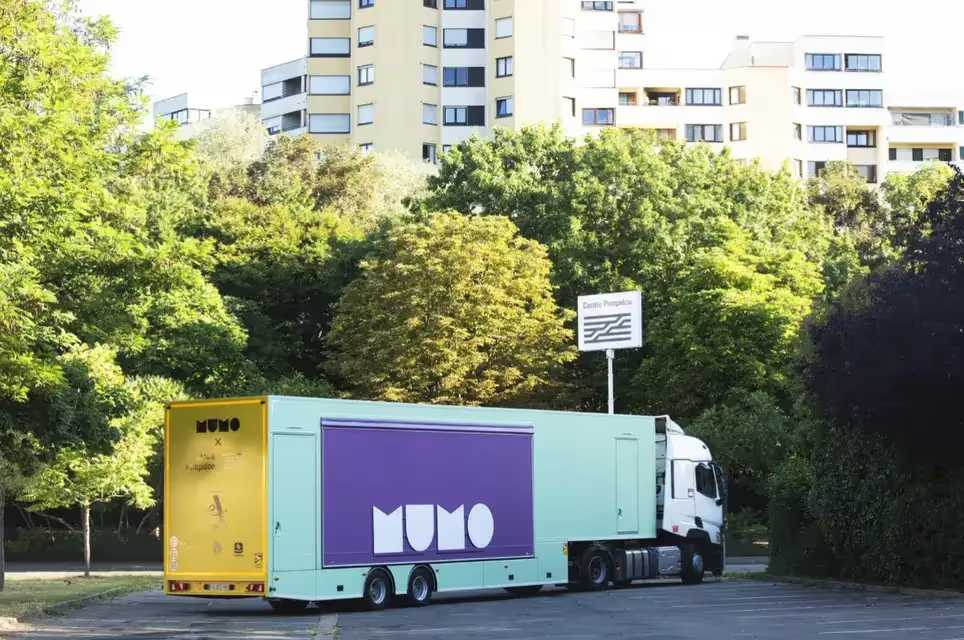
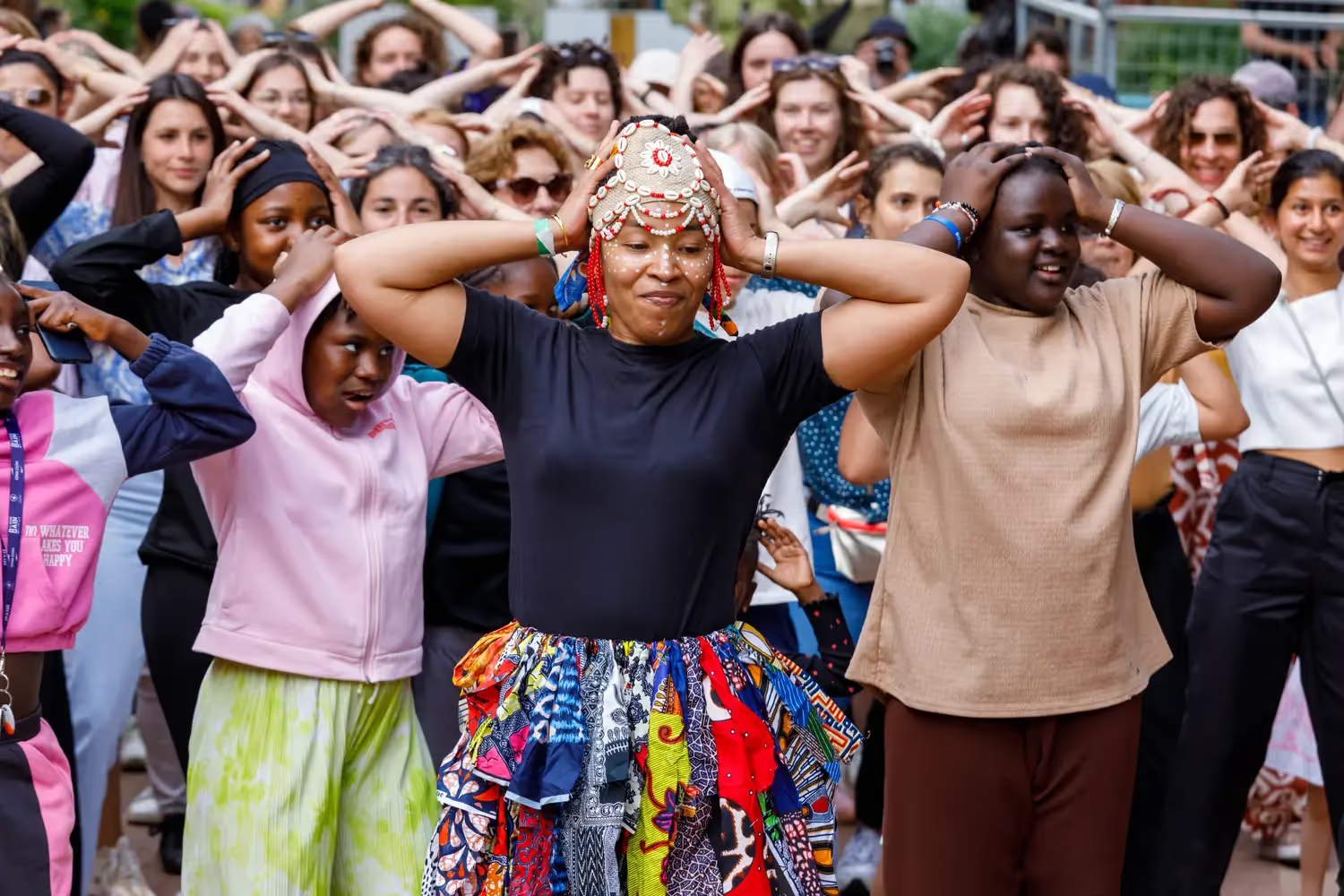
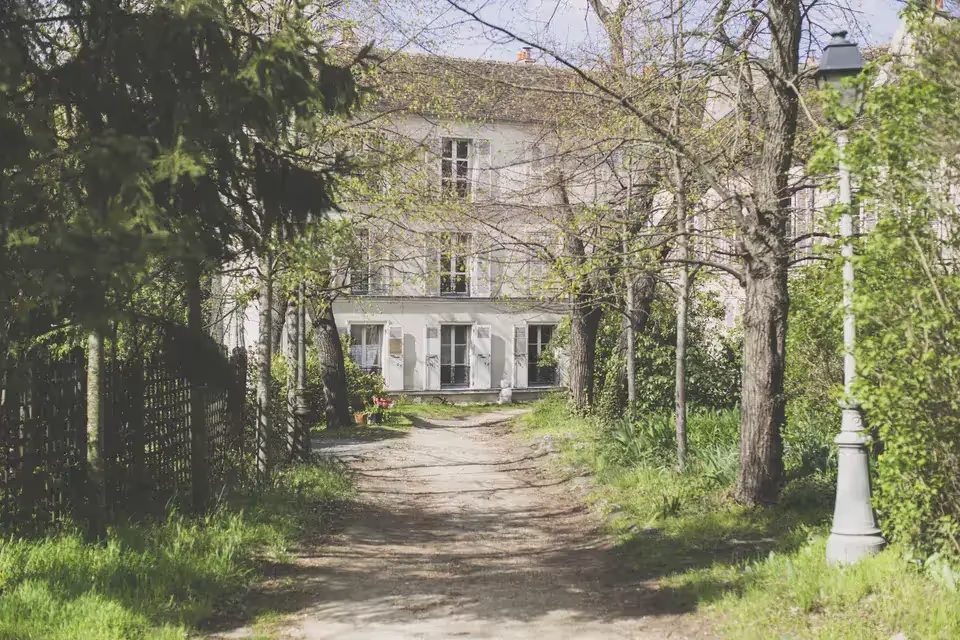
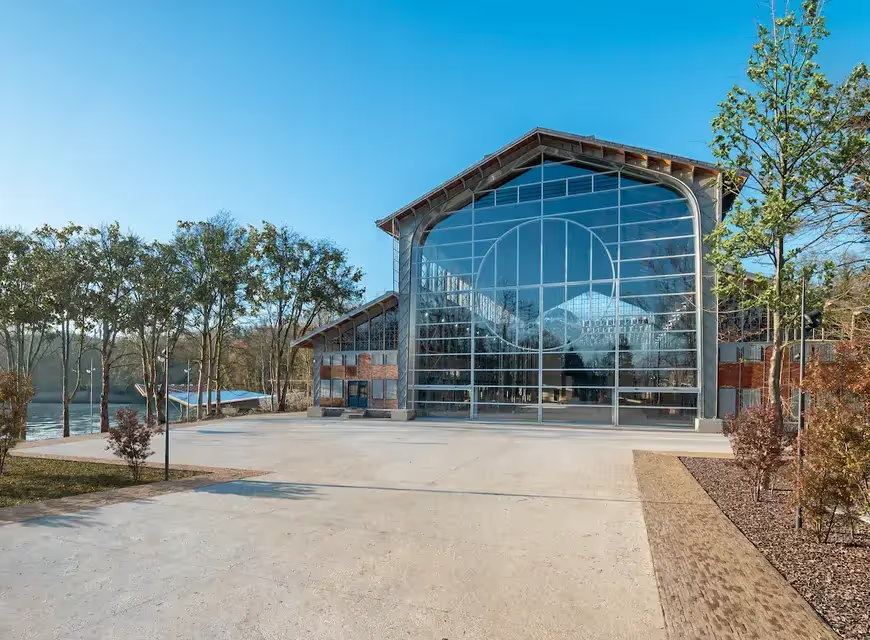

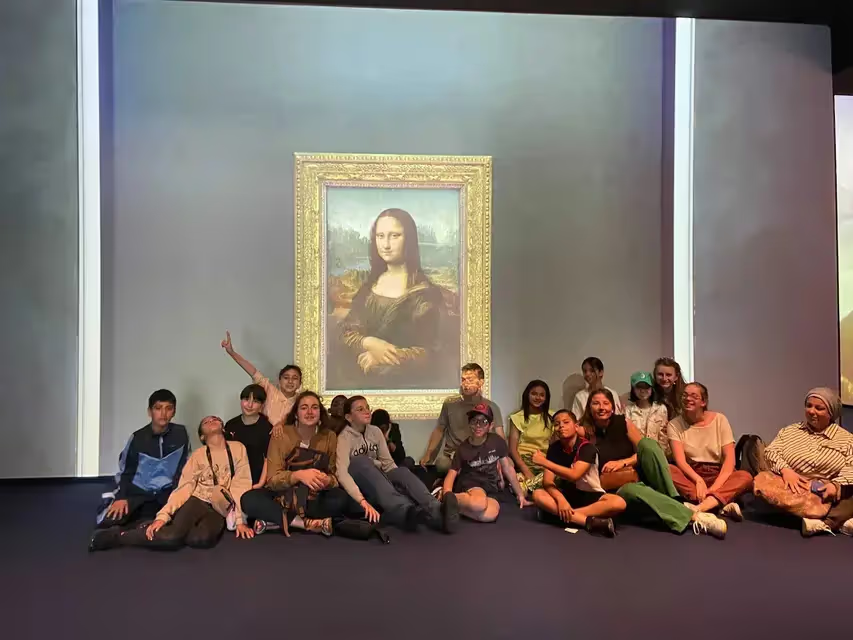
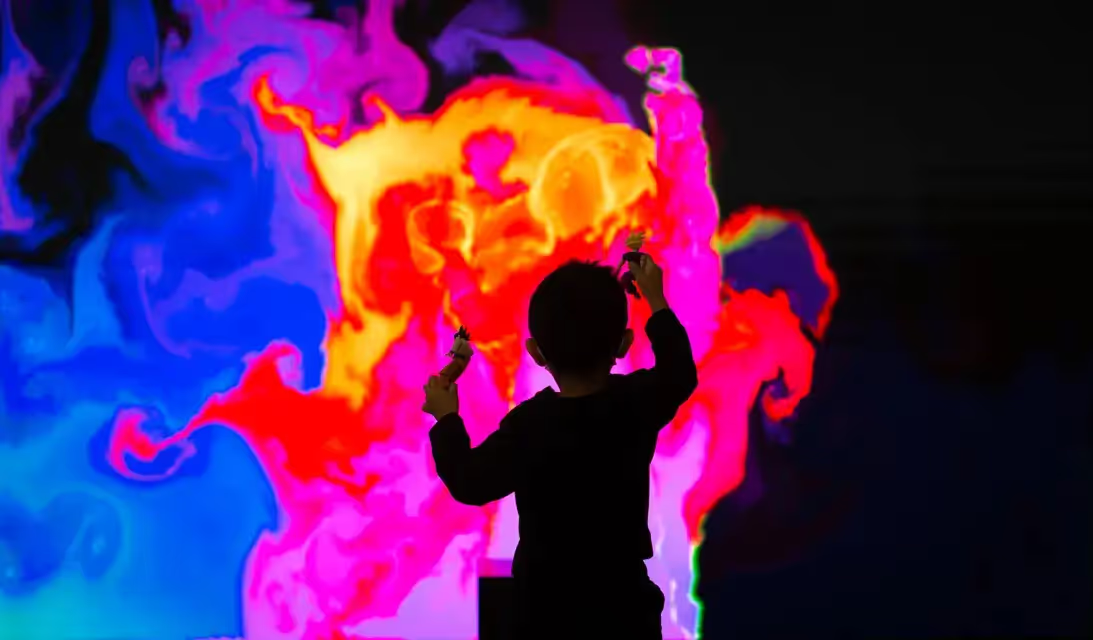
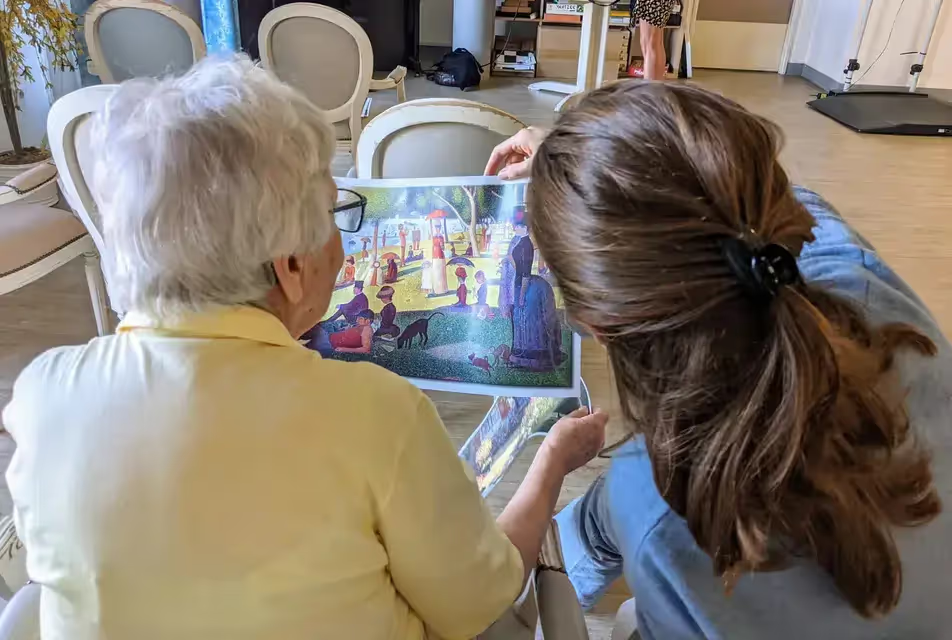
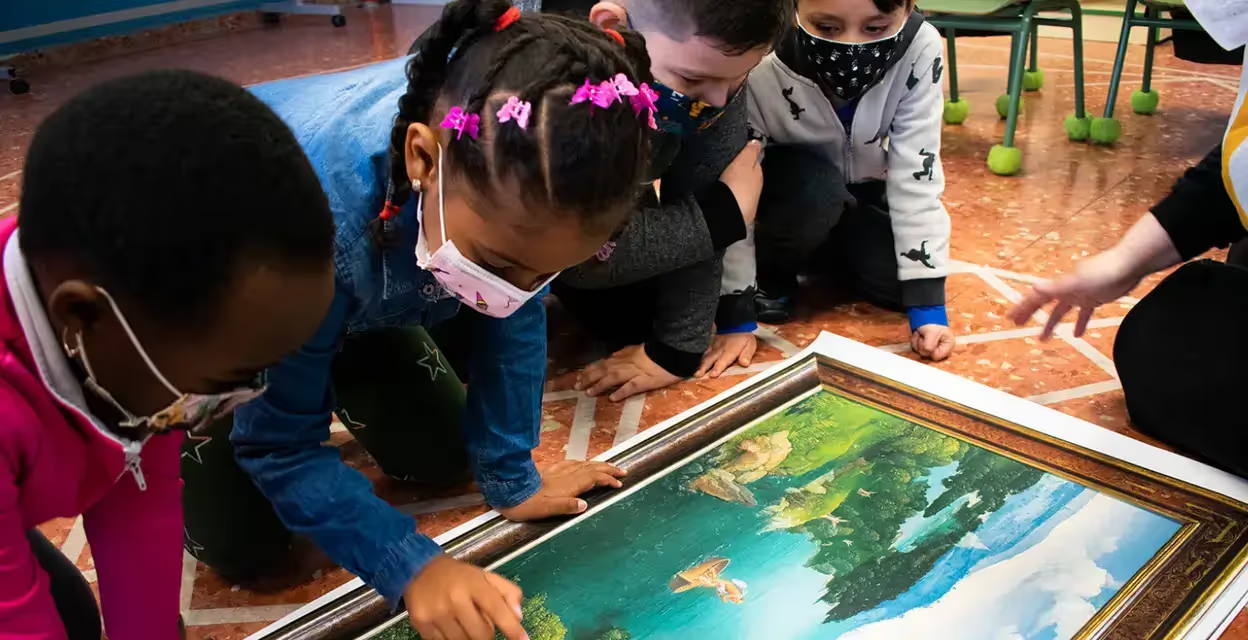

.avif)
